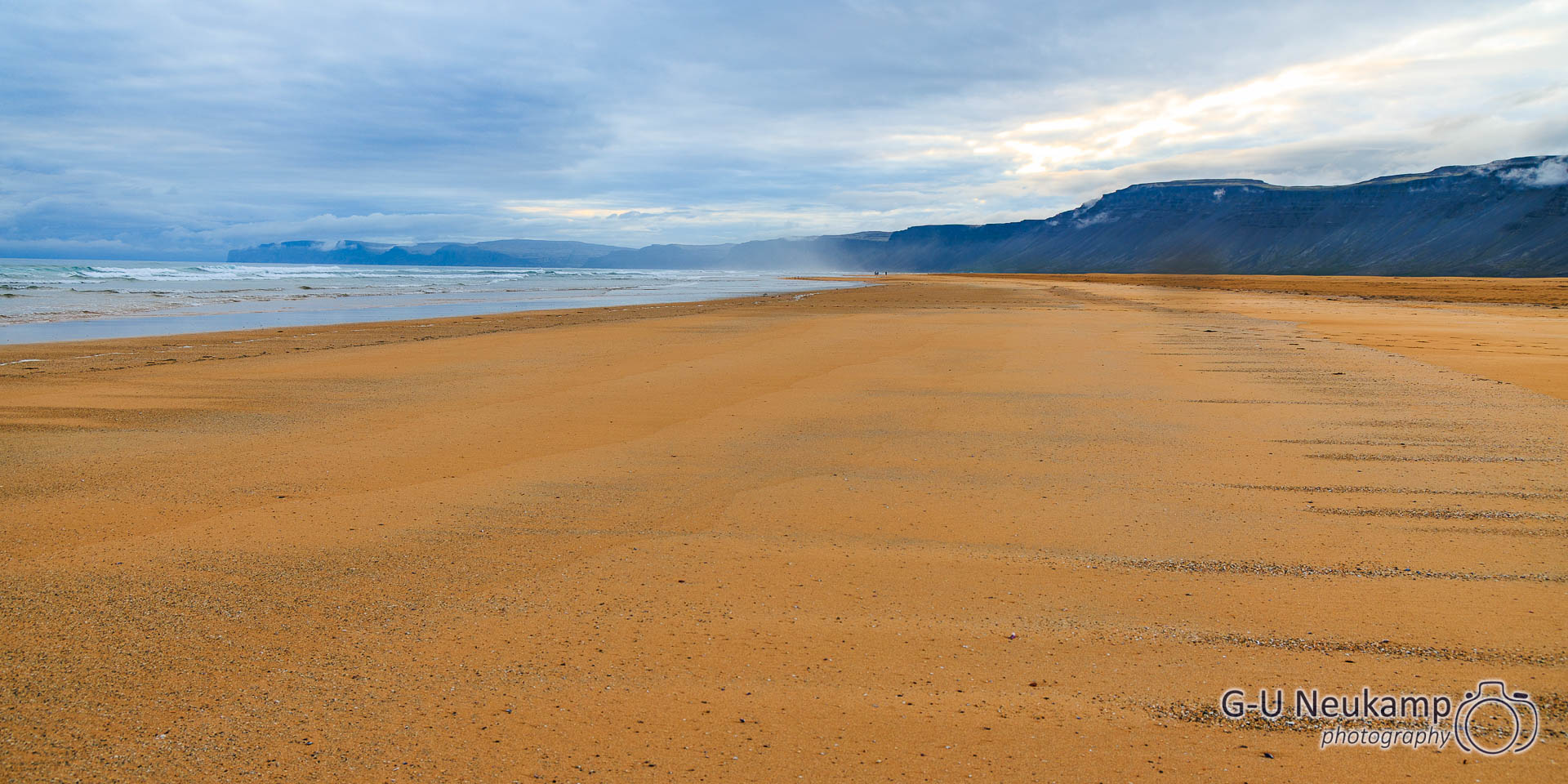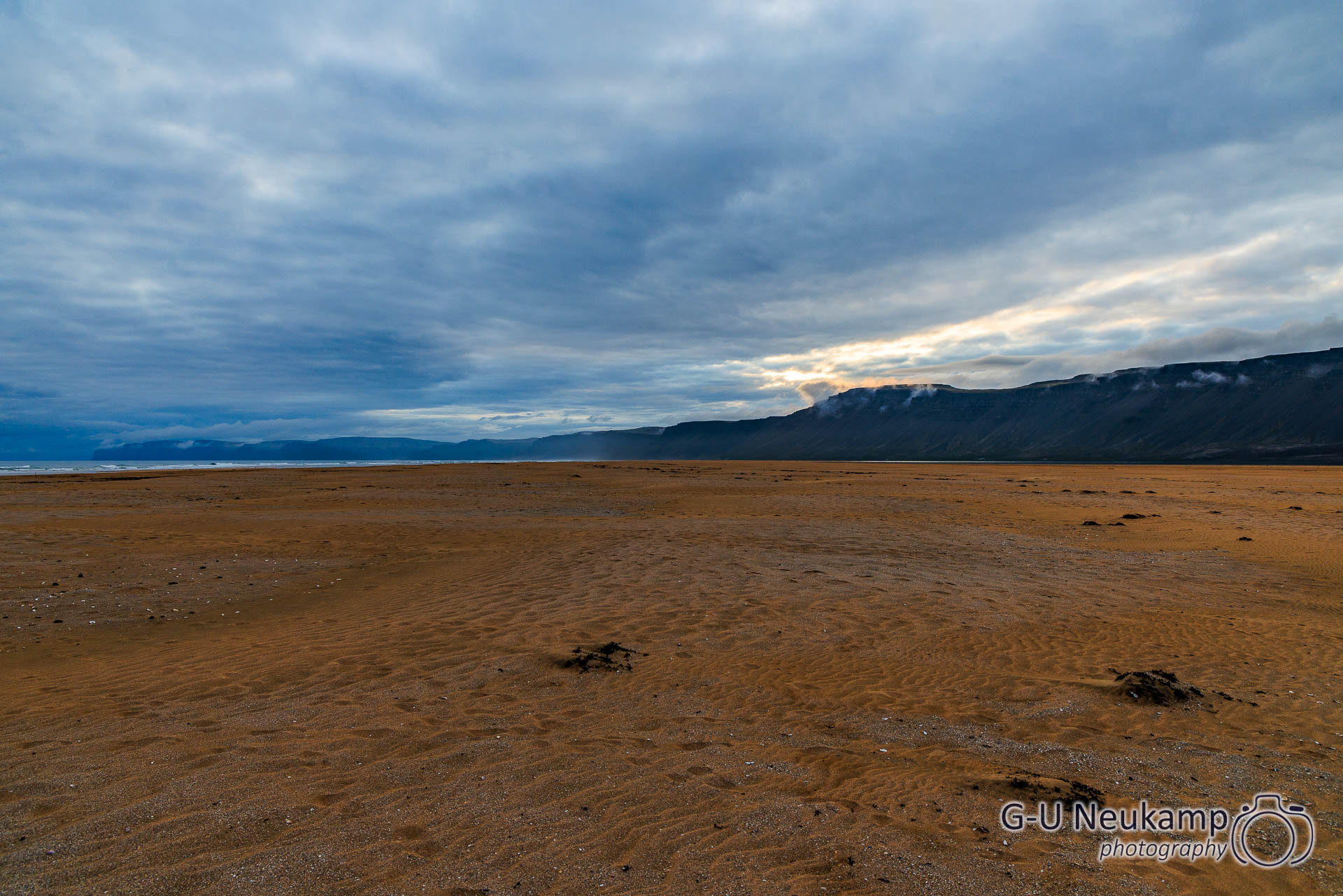June 17th, 2025 - The Westfjords
We decided to drive to the Westfjords. Our first destination was the Dynjandi waterfall. That is a distance of 200 km! We also checked the Icelandic traffic website to make sure the roads were passable, but everything was green.
The Westfjords (Vestfirðir) are Iceland’s most remote region – almost an island in its own right, connected to the rest of the country only by a narrow strip of land. Despite covering an area of almost 9,000 km², only around 7,000 people live here, less than two percent of the population. The extreme remoteness has depopulated many places, and entire peninsulas such as Hornstrandir are completely uninhabited in winter. The coastline is spectacular: around a third of Iceland’s entire coastline is located on this peninsula alone. The fjords, which reach deep into the land, make short journeys almost impossible – a round trip in one day? Hardly thinkable. Many roads are gravel roads, often impassable in winter. In the past, shelters with emergency supplies saved travelers’ lives.
Historically, the Westfjords were a melting pot: as early as the 17th century, Basque whalers established stations here and even developed a mixed language of Basque and Icelandic before other Europeans followed.
Today, the region is discovering its future in tourism. The 100-meter-high Dynjandi, the largest waterfall in the Westfjords, is considered a hidden gem. Fishing tourism is also booming: cod, halibut, and catfish can be caught off the coast – a paradise for sport fishermen.
The Westfjords are thus a place of contrasts: remote and rugged, but rich in stories, natural wonders, and quiet beauty.
However, it took us a long time to reach the waterfall because we kept coming across incredibly beautiful views along the way. You drive along numerous fjords, and the whole area is wild and beautiful. The road was easy to drive on, but there were also frequent gravel roads. Overall, however, there was very little traffic. Here are some impressions from the trip:

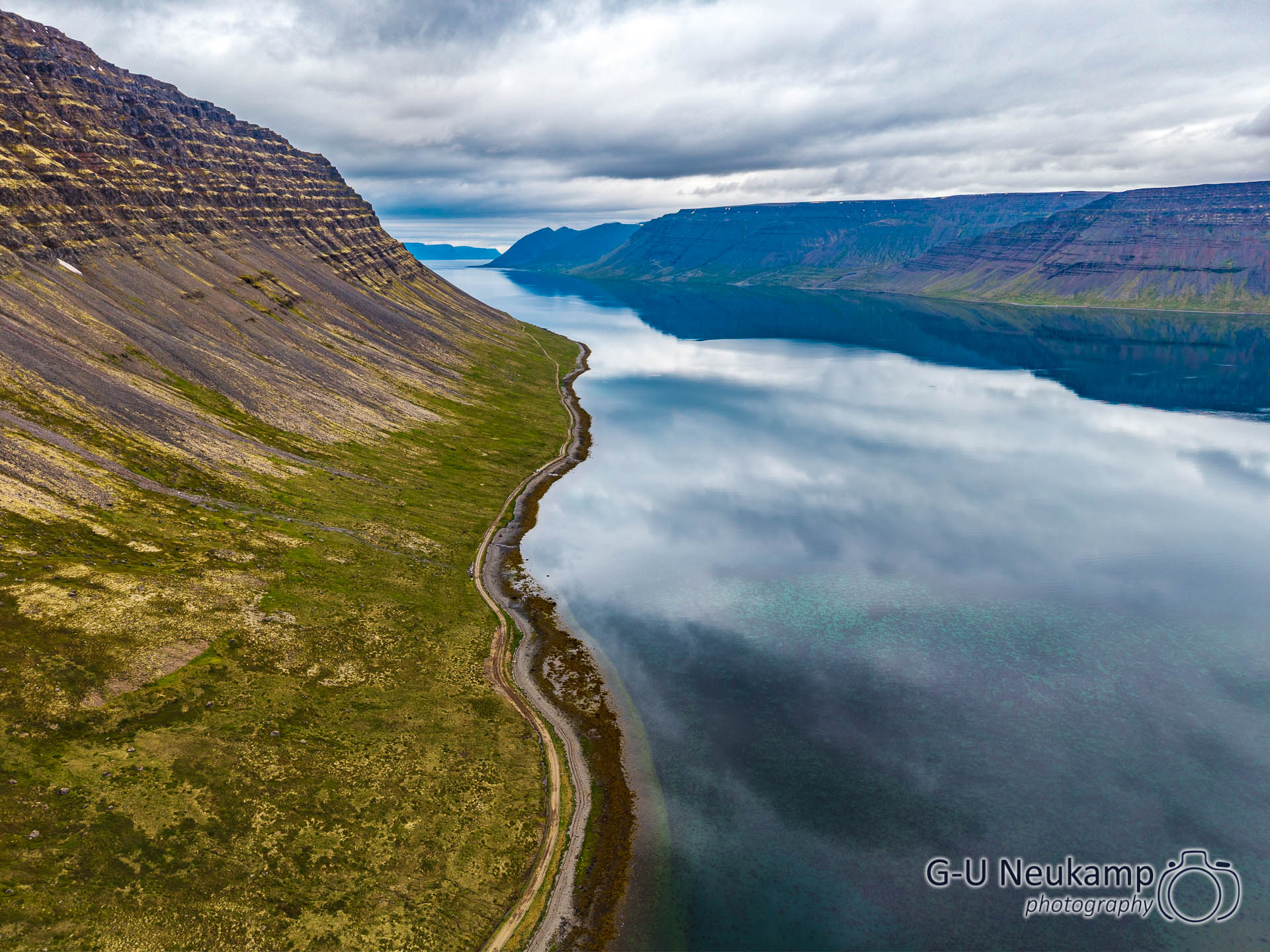
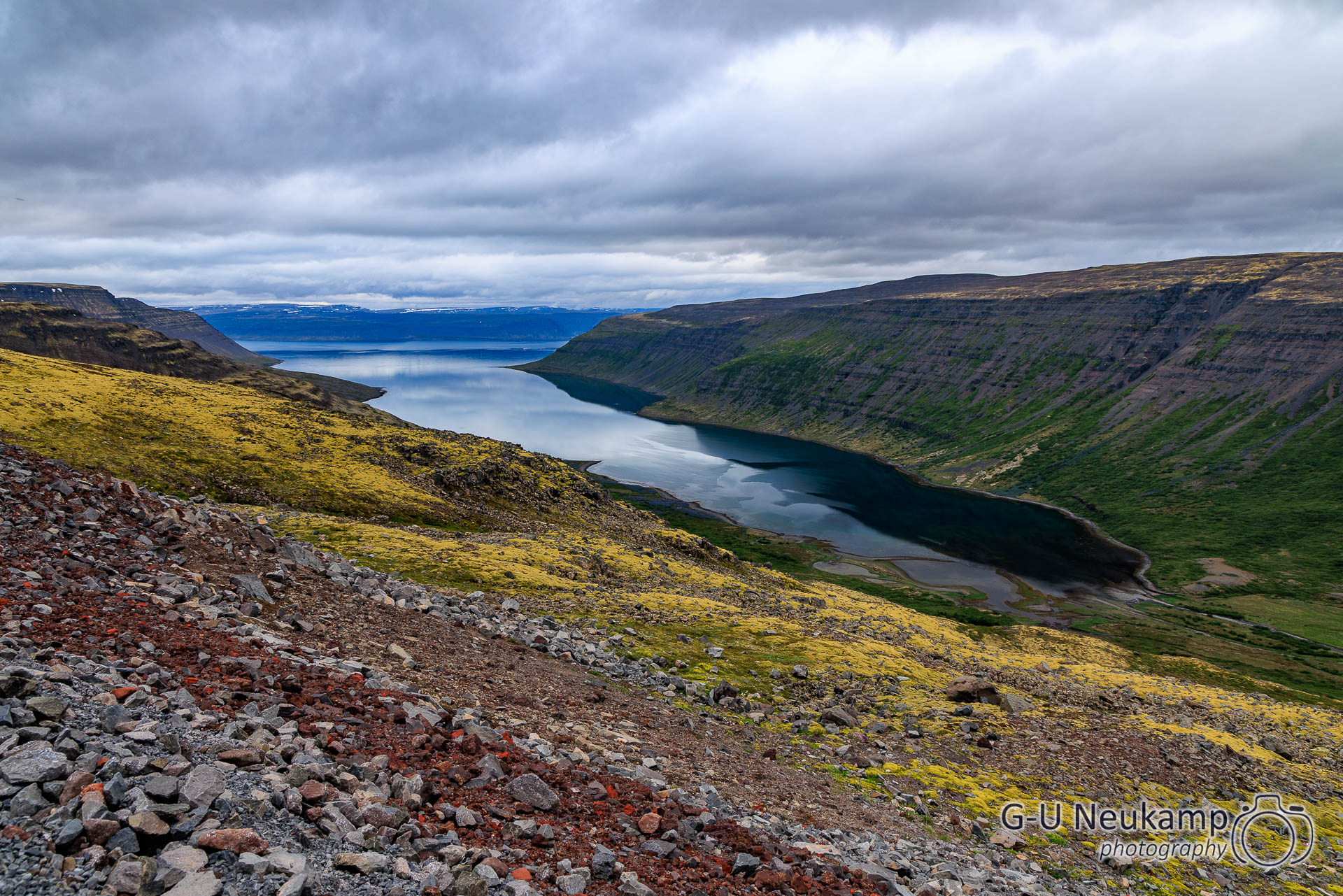
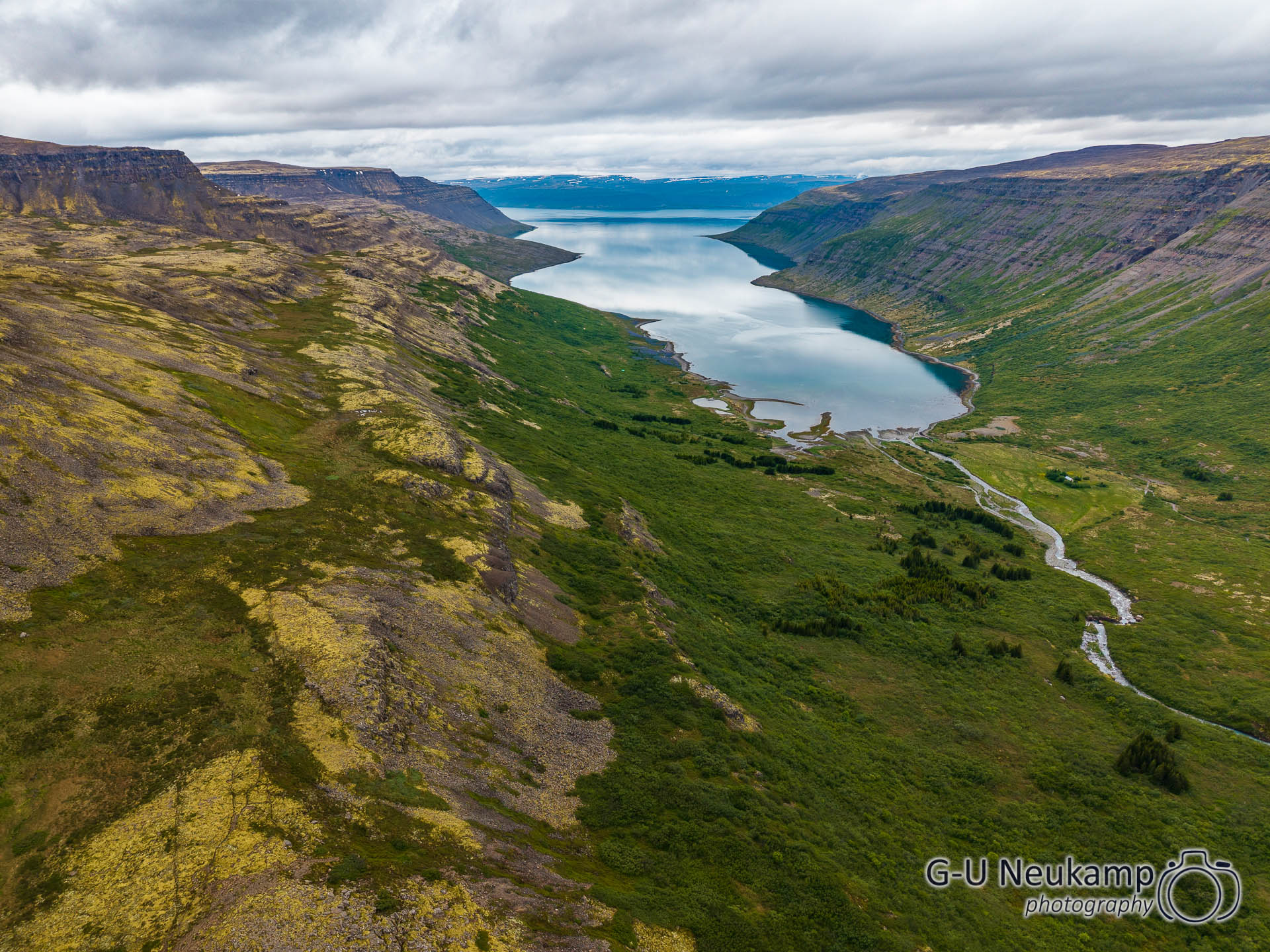
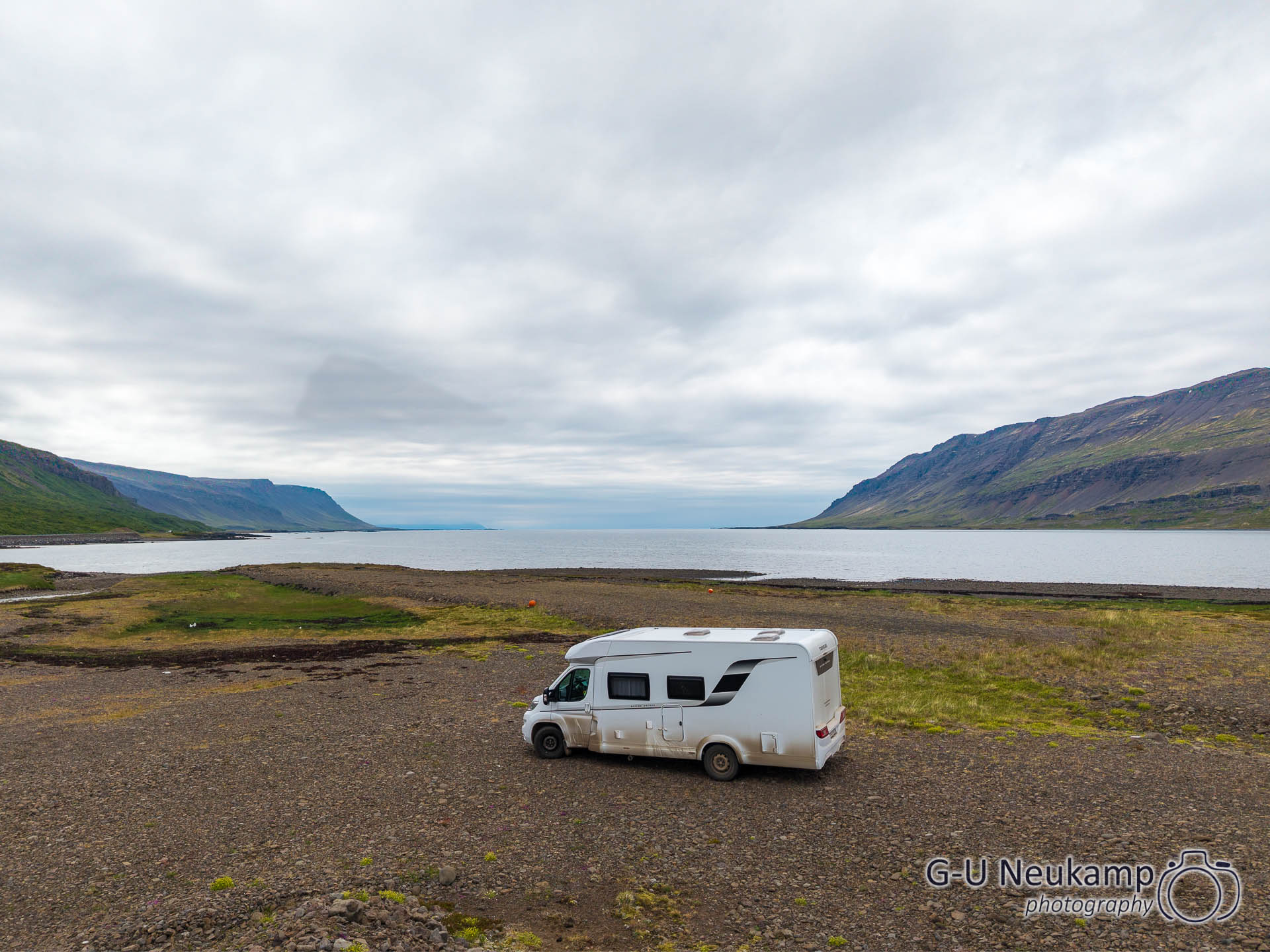
The area was deserted, but there were sheep everywhere.
Sheep – we have been traveling for many days now. We have seen them repeatedly along the roadside and have stopped for them several times. There are more sheep than people in Iceland. They stand everywhere in small groups, very often a mother with two young ones. Now a small group stood very photogenically on an embankment and I finally photographed them while they watched us curiously:
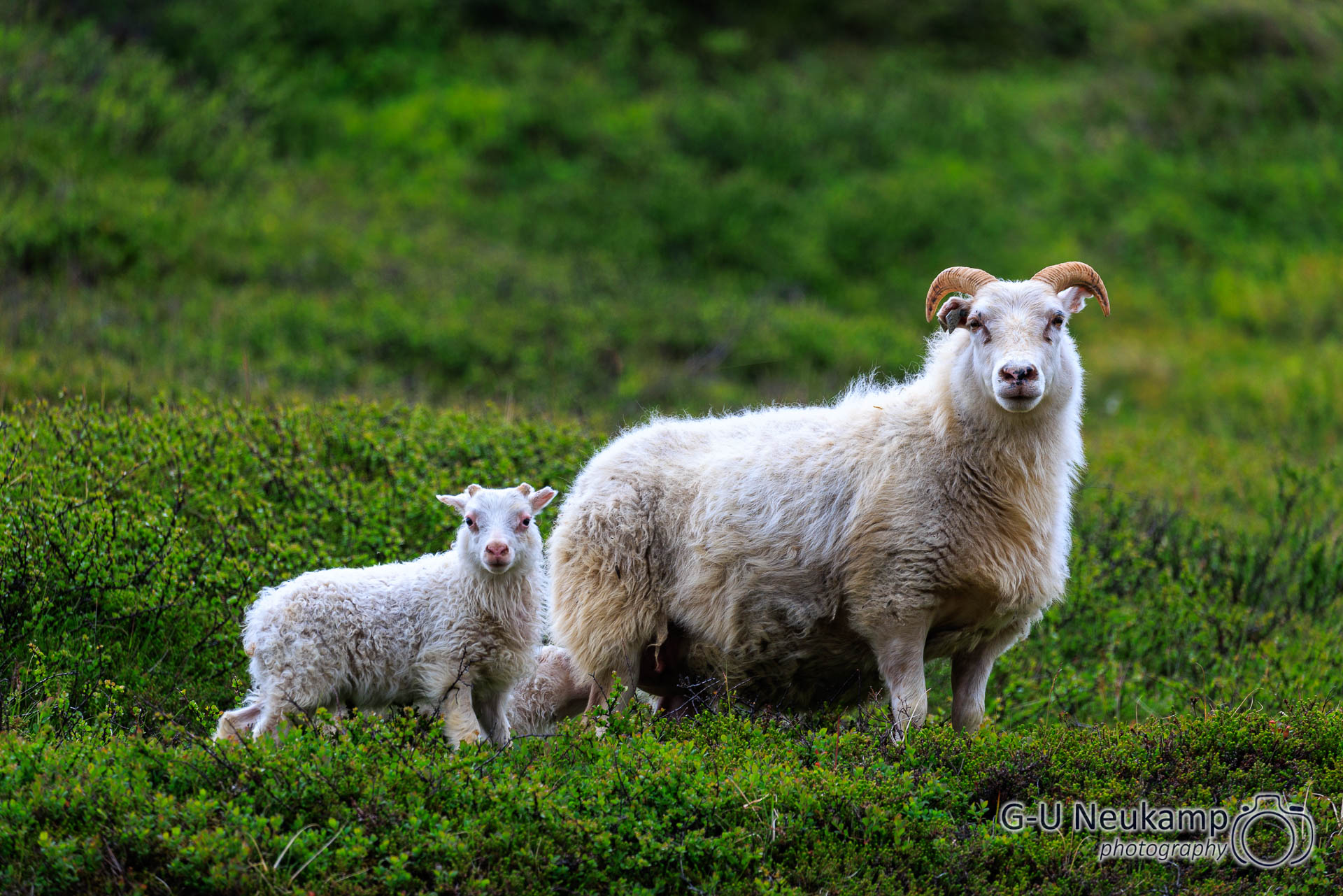
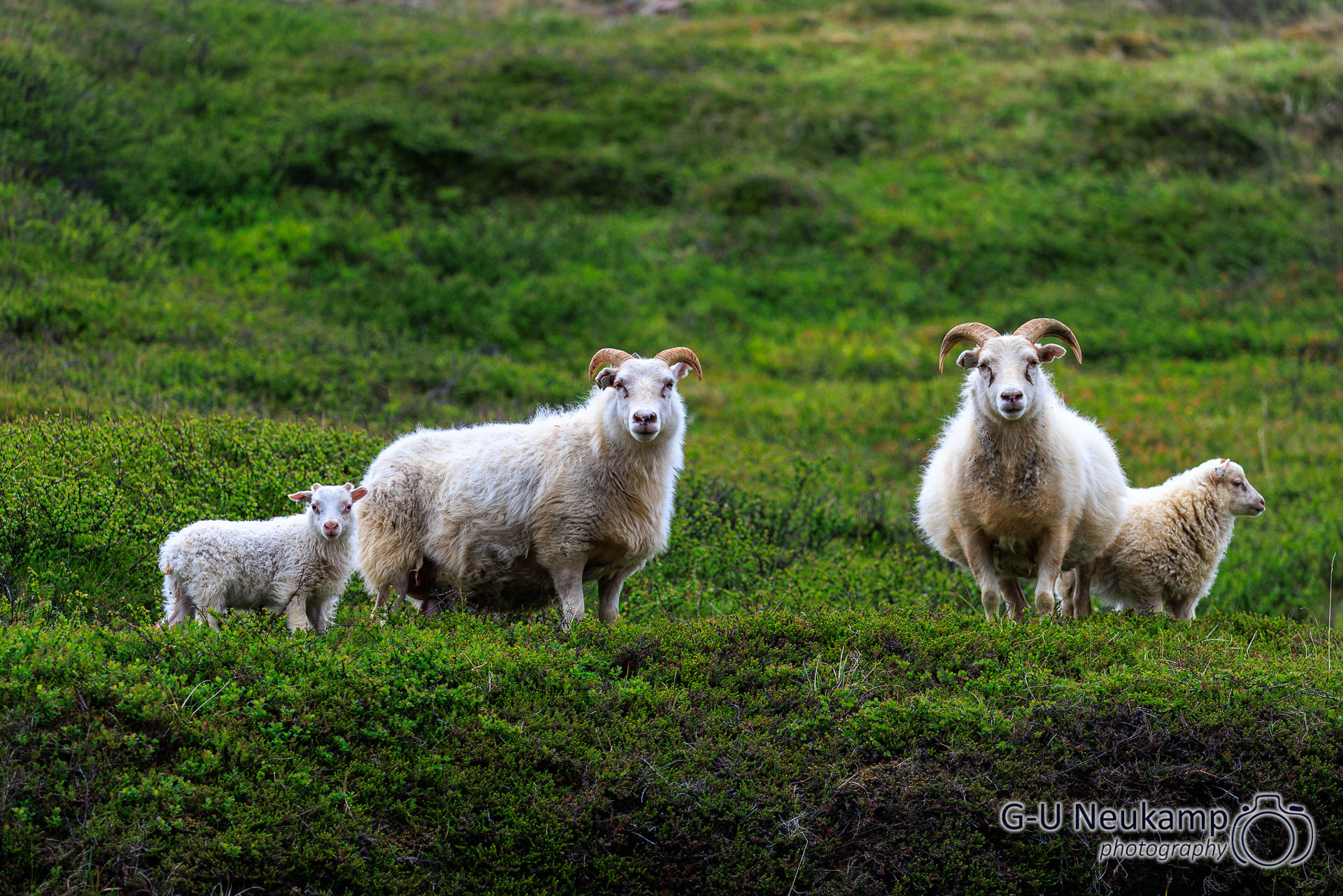
At around 4:00 p.m., we finally reached the impressive Dynjandi waterfall.
Dynjandi (“the roaring one”) is the largest waterfall in the Westfjords and is considered one of the most beautiful in Iceland. It plunges over 100 meters in several cascades – and its shape is reminiscent of a wide staircase or even a wedding dress.
Particularly appealing: visitors to Dynjandi experience not only one waterfall, but a whole series of smaller falls. On the way up, you will encounter six other waterfalls, which together complete the impressive natural spectacle.
In the past, Dynjandi was so remote that few travelers found their way there. Today, it is a highlight for anyone visiting the Westfjords – and yet, compared to the well-known waterfalls in the south of Iceland, it still feels like an insider tip.
The weather was overcast, but the scenery remained impressive. On the way to the waterfall, we were constantly attacked by pesky mosquitoes, which is where the mosquito nets we had brought with us proved their worth for the first time.
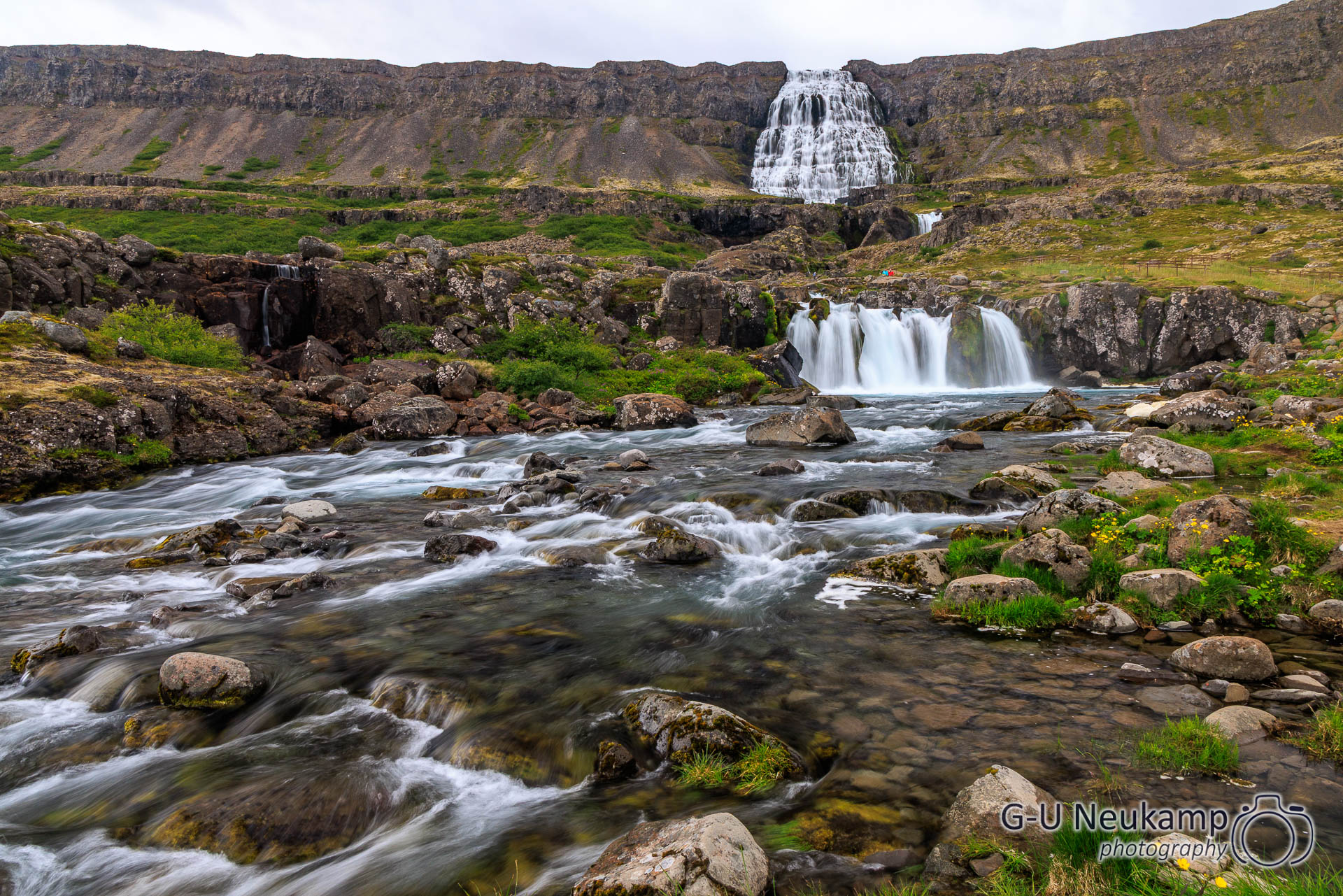
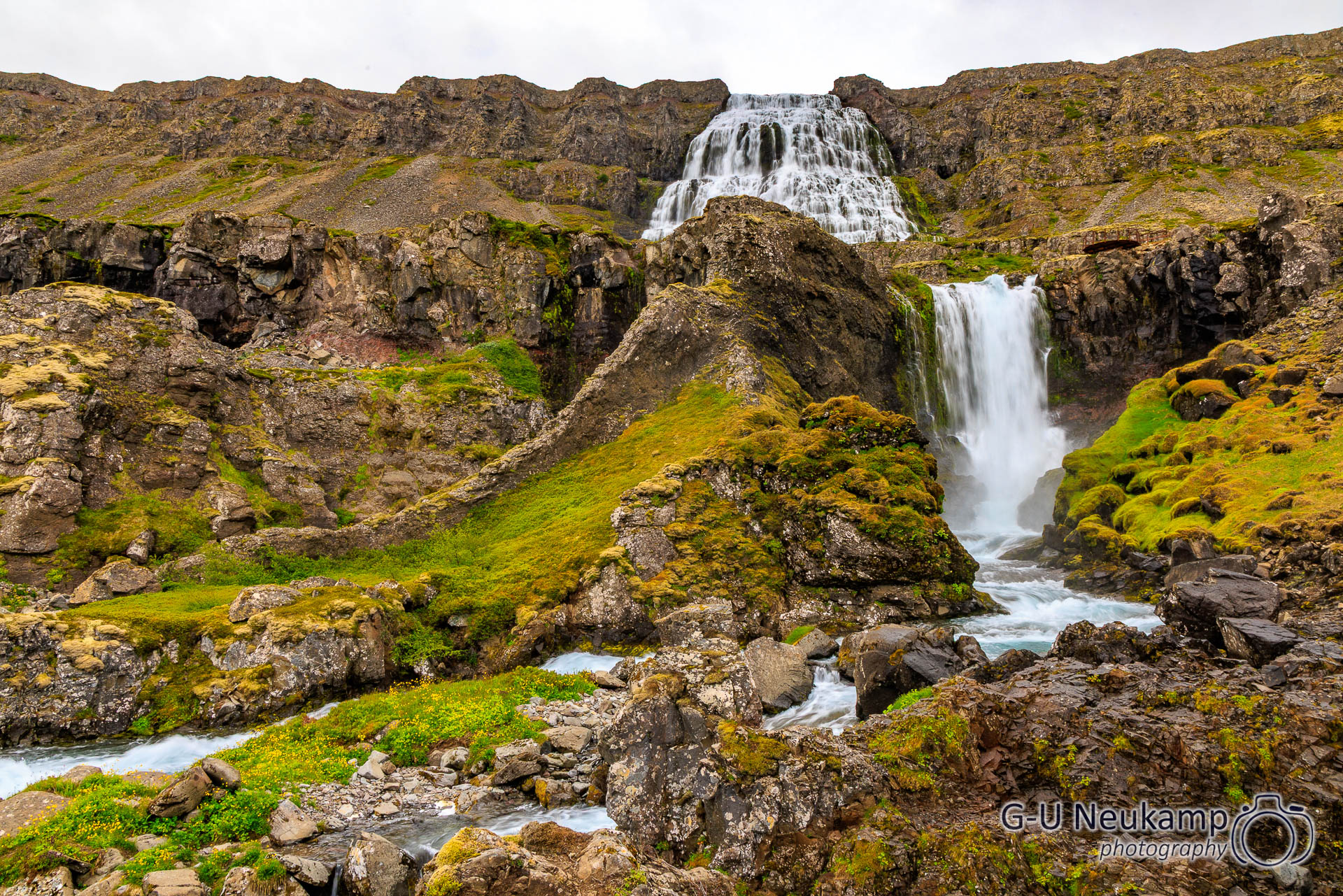
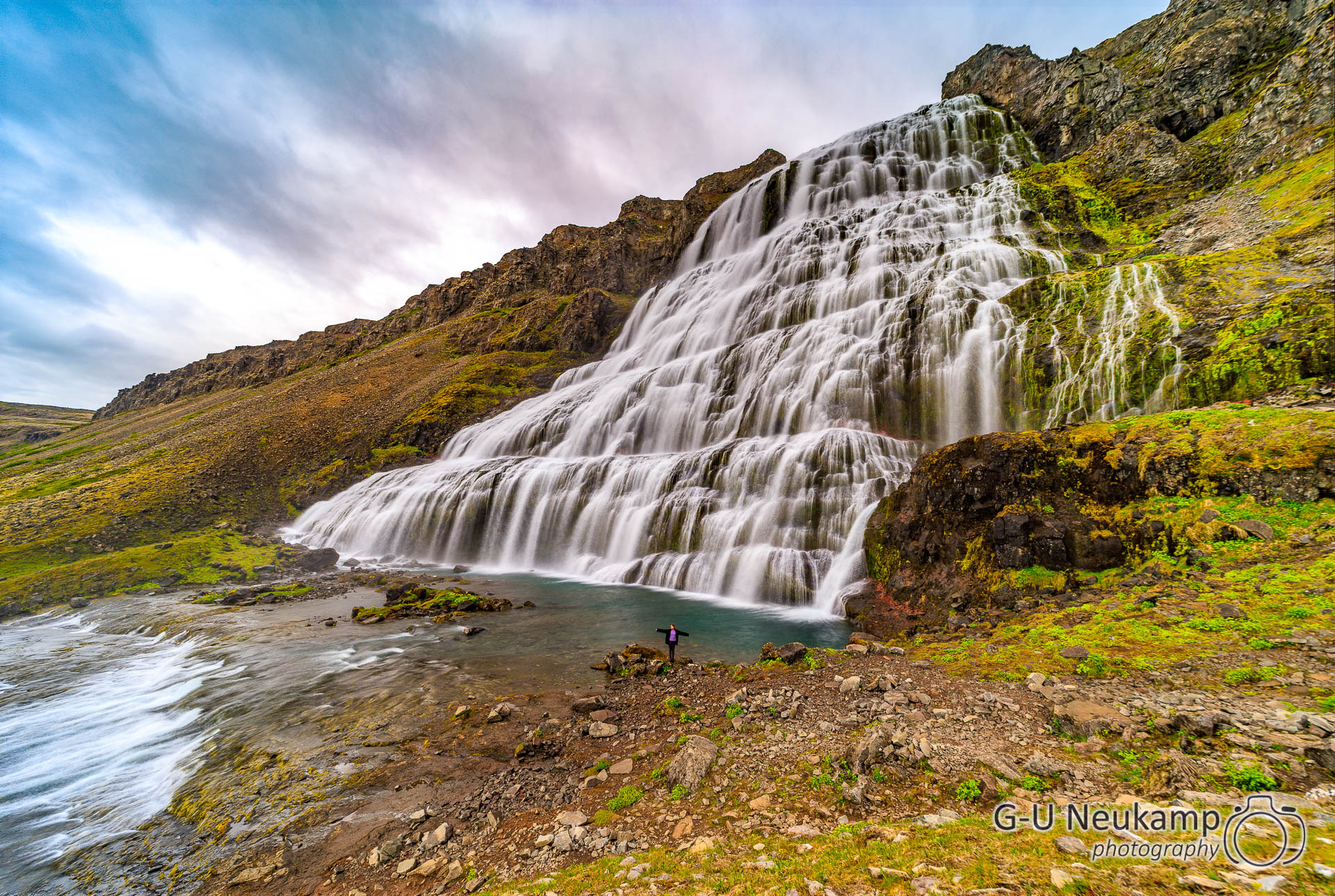
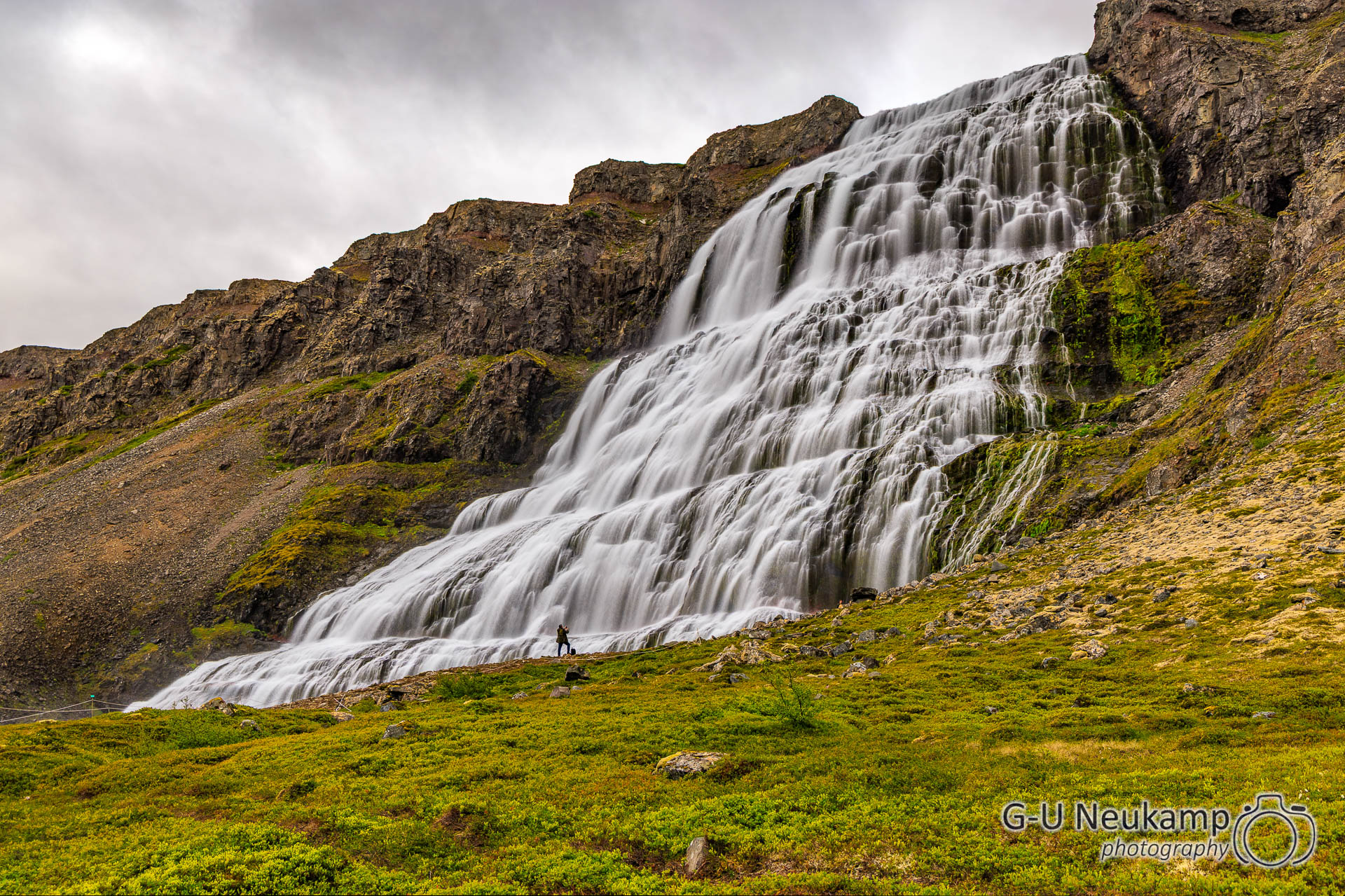
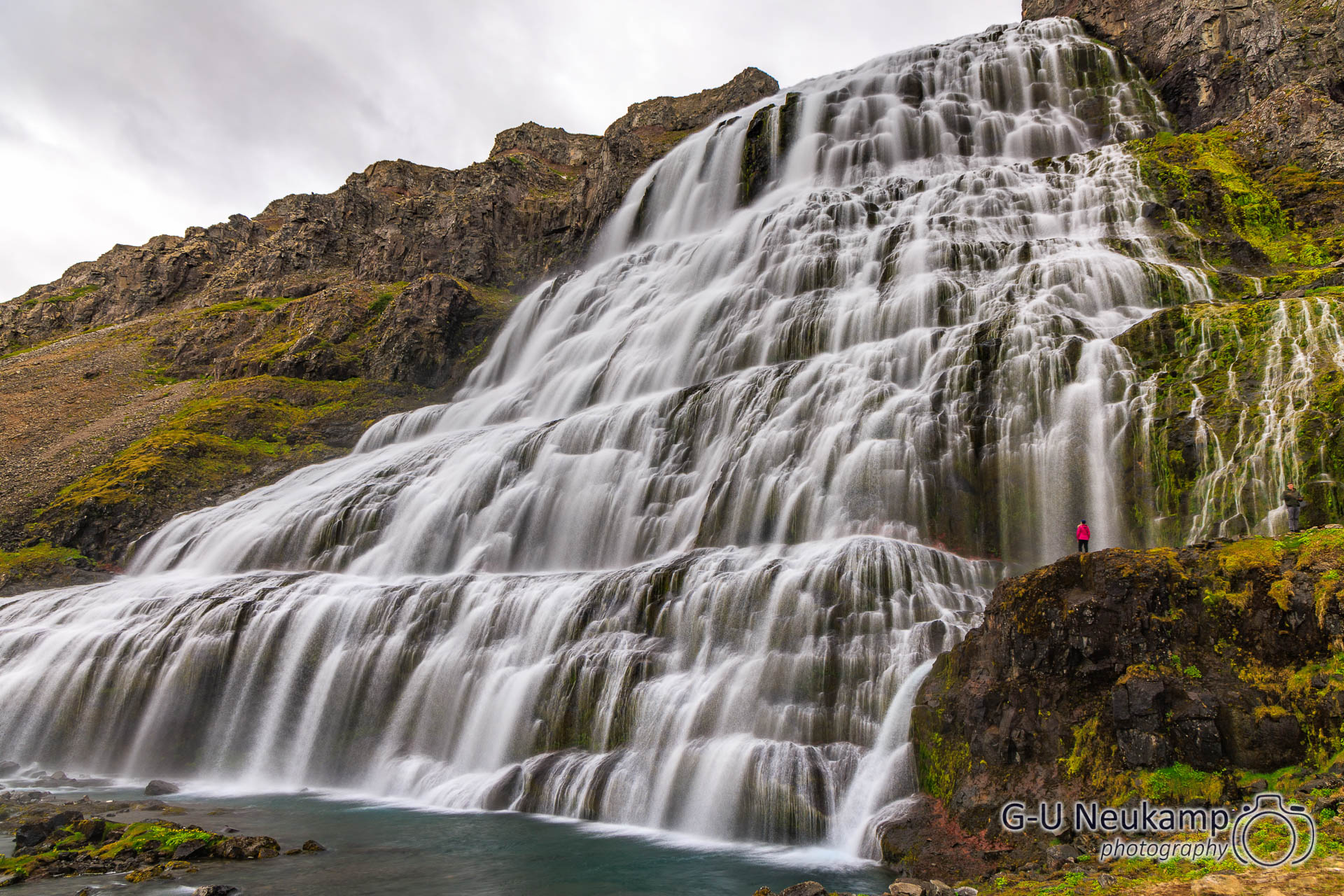
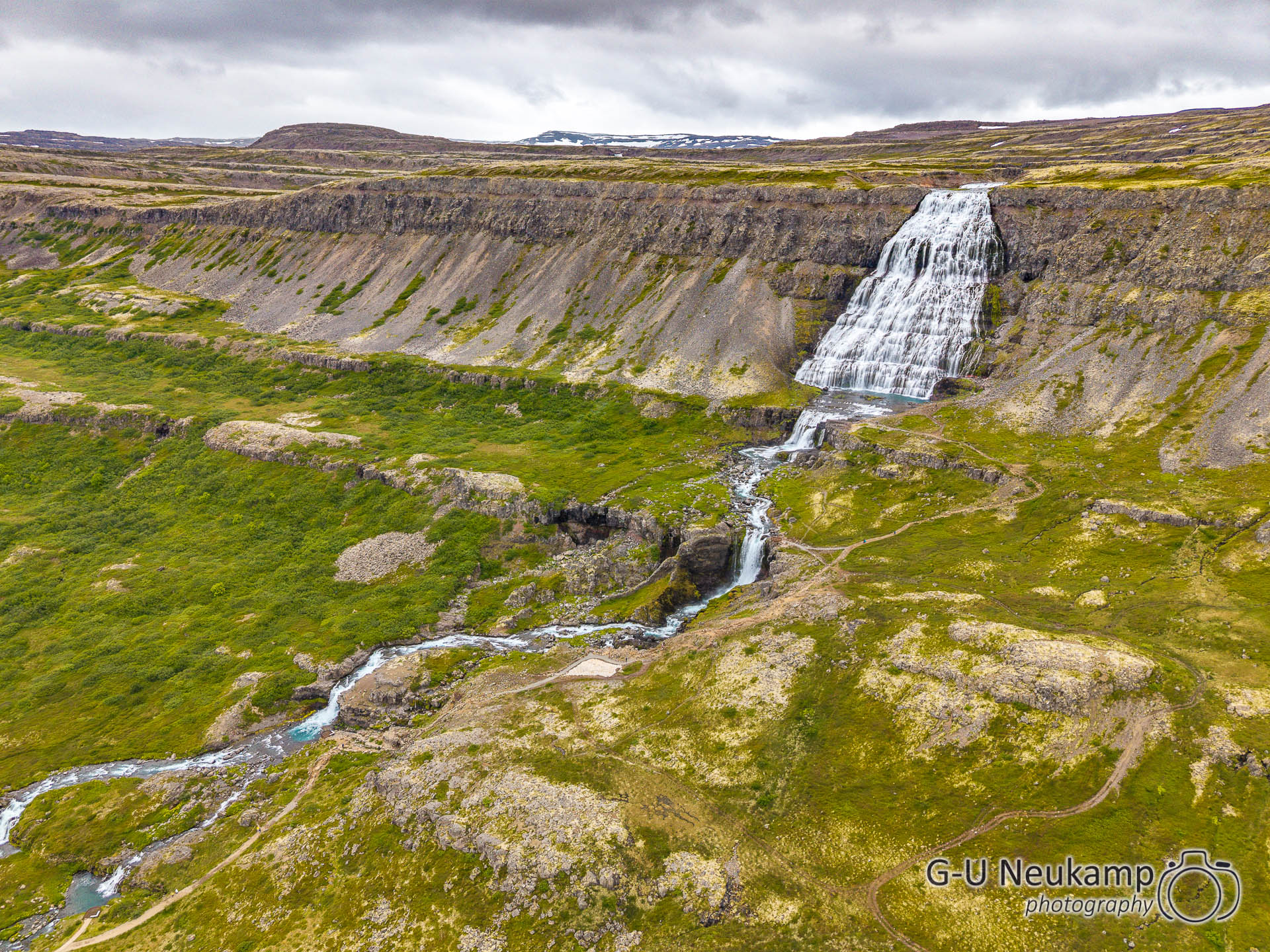
We continued on to an old shipwreck at Patreksfjord. To get there, we drove across a plateau (Kleifaheiði) to the fjord. The ship is, or rather was, the Garðar BA 64.
Built in Norway in 1912, this steel ship was one of the first ocean-going trawlers and served for decades in the fishing industry off Iceland.
After more than 70 years on the Atlantic, the ship was decommissioned in 1981—not sunk, but deliberately beached at Skápadalur near Patreksfjörður, where it remains to this day.
Today, the Garðar is Iceland’s oldest steel ship and a popular photo motif: marked by wind, salt, and time, it tells of the hard days of deep-sea fishing and is also a memorial to the transformation of Icelandic fishing culture.
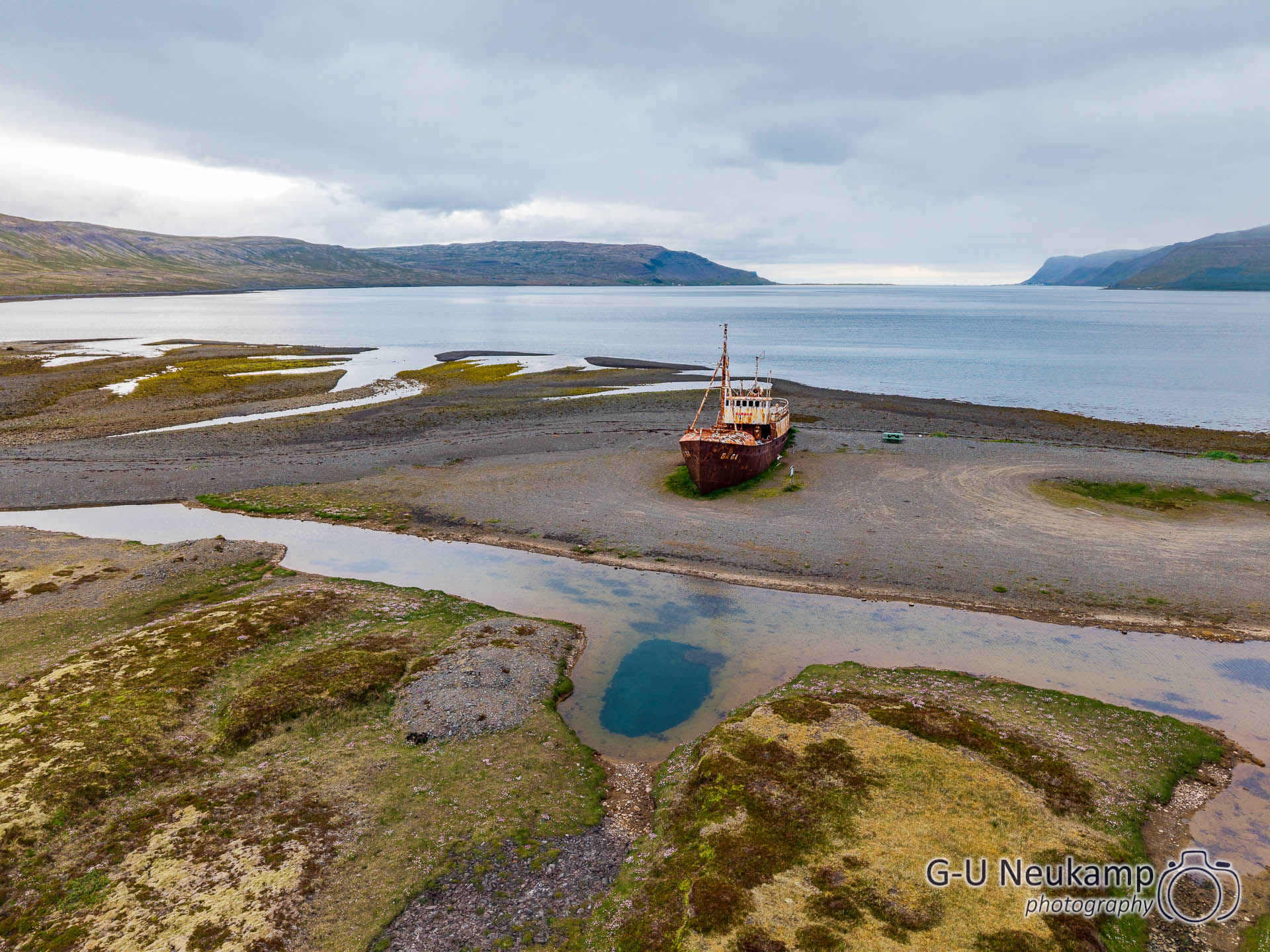
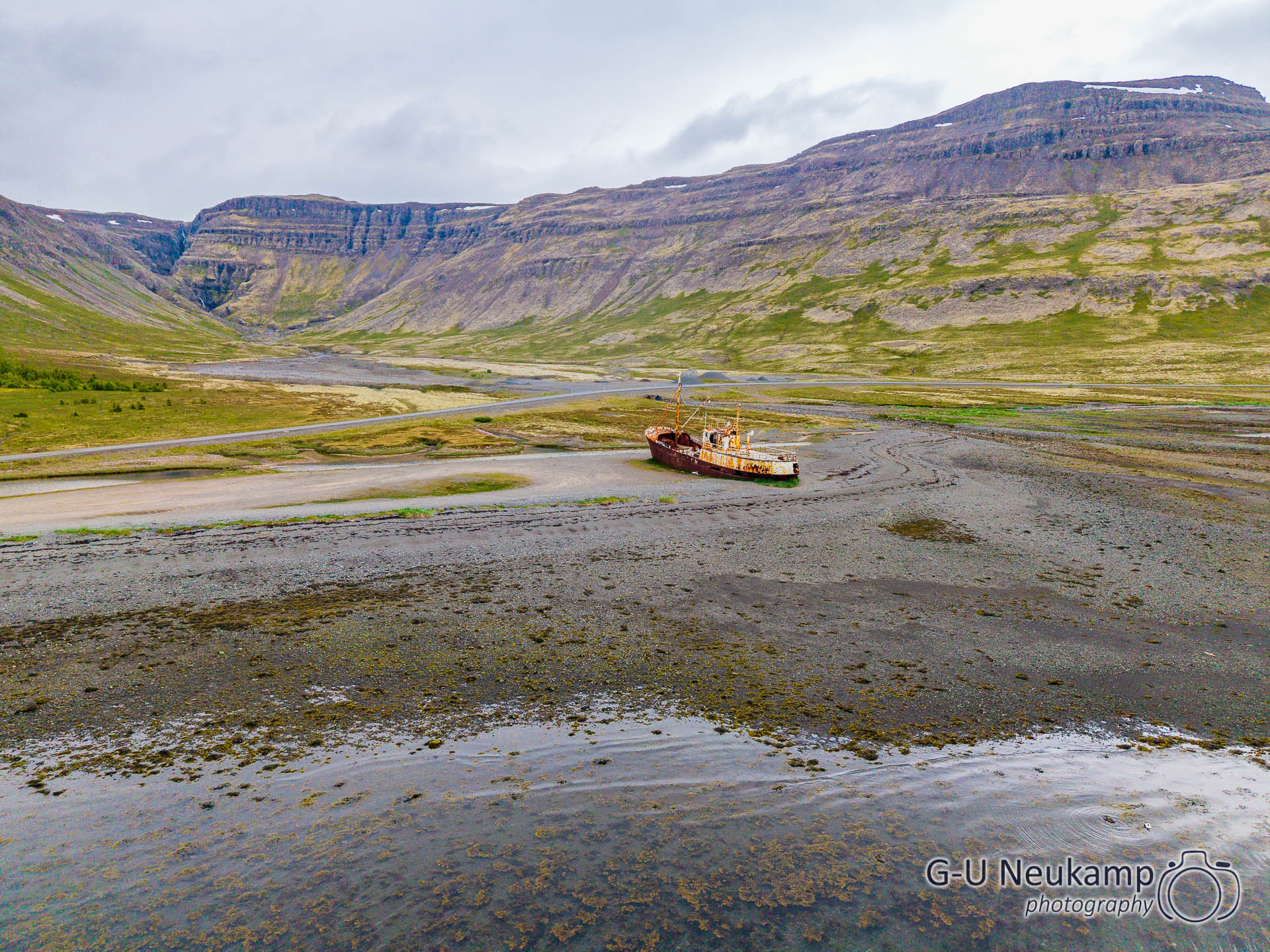
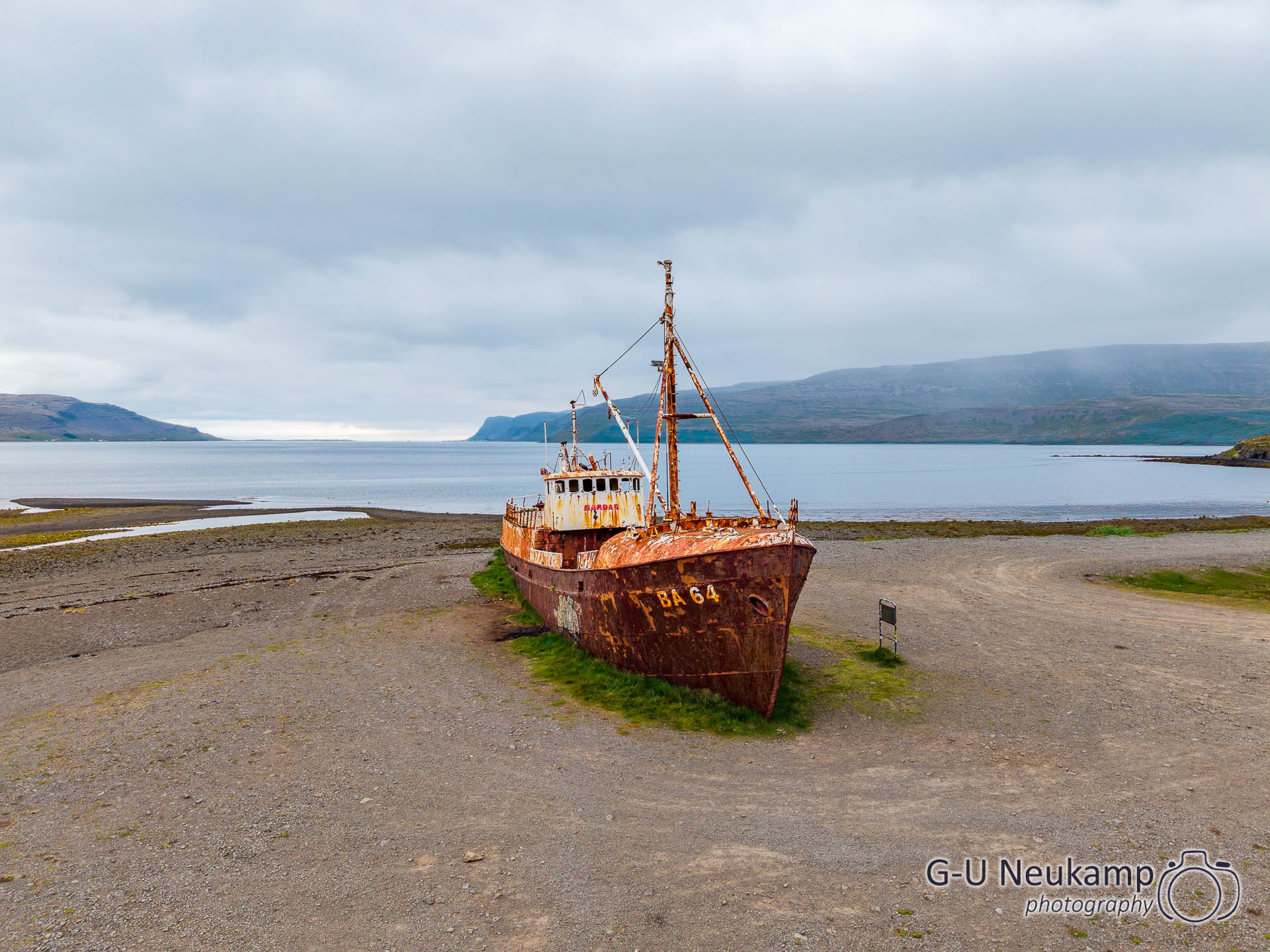
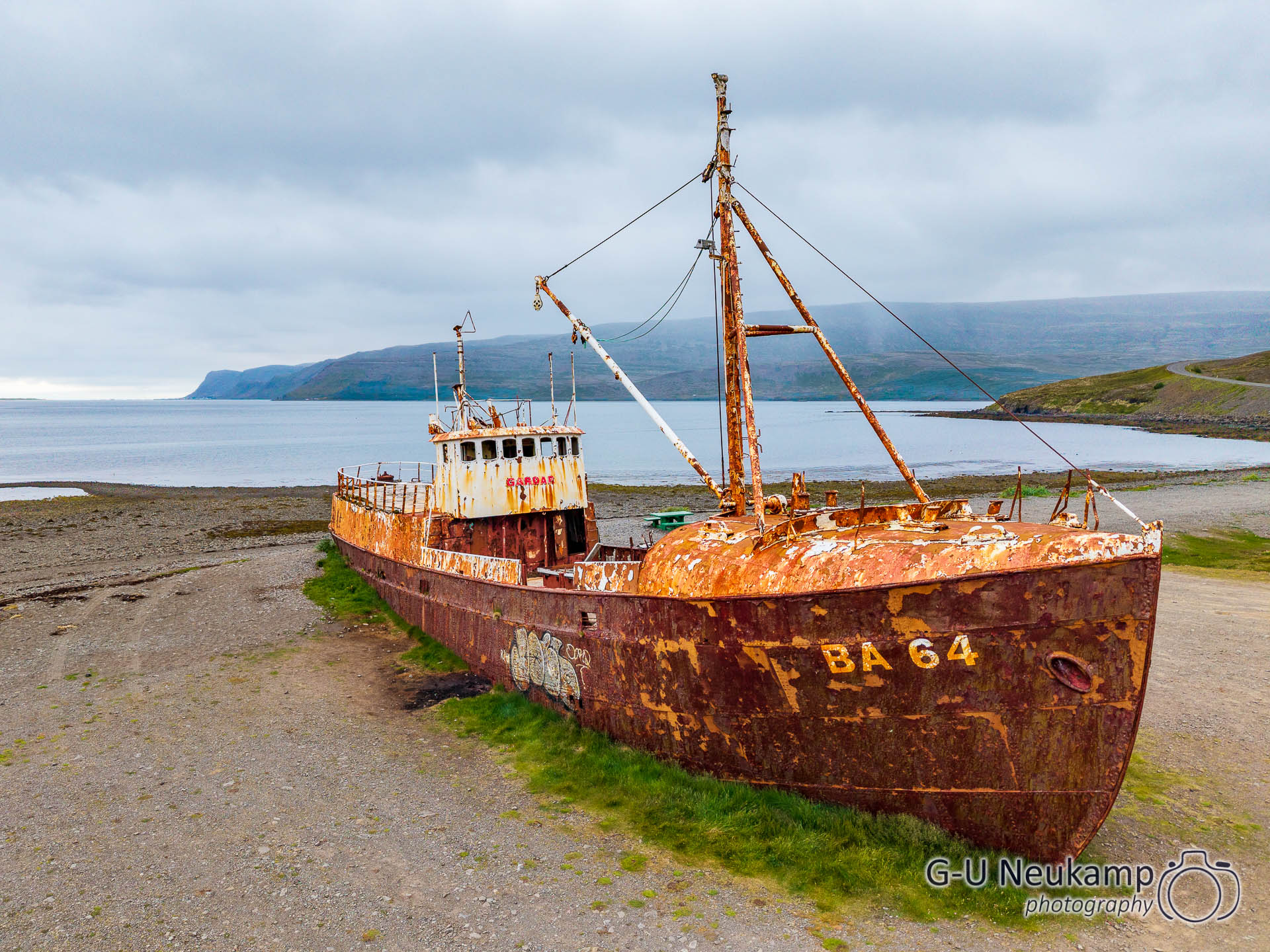
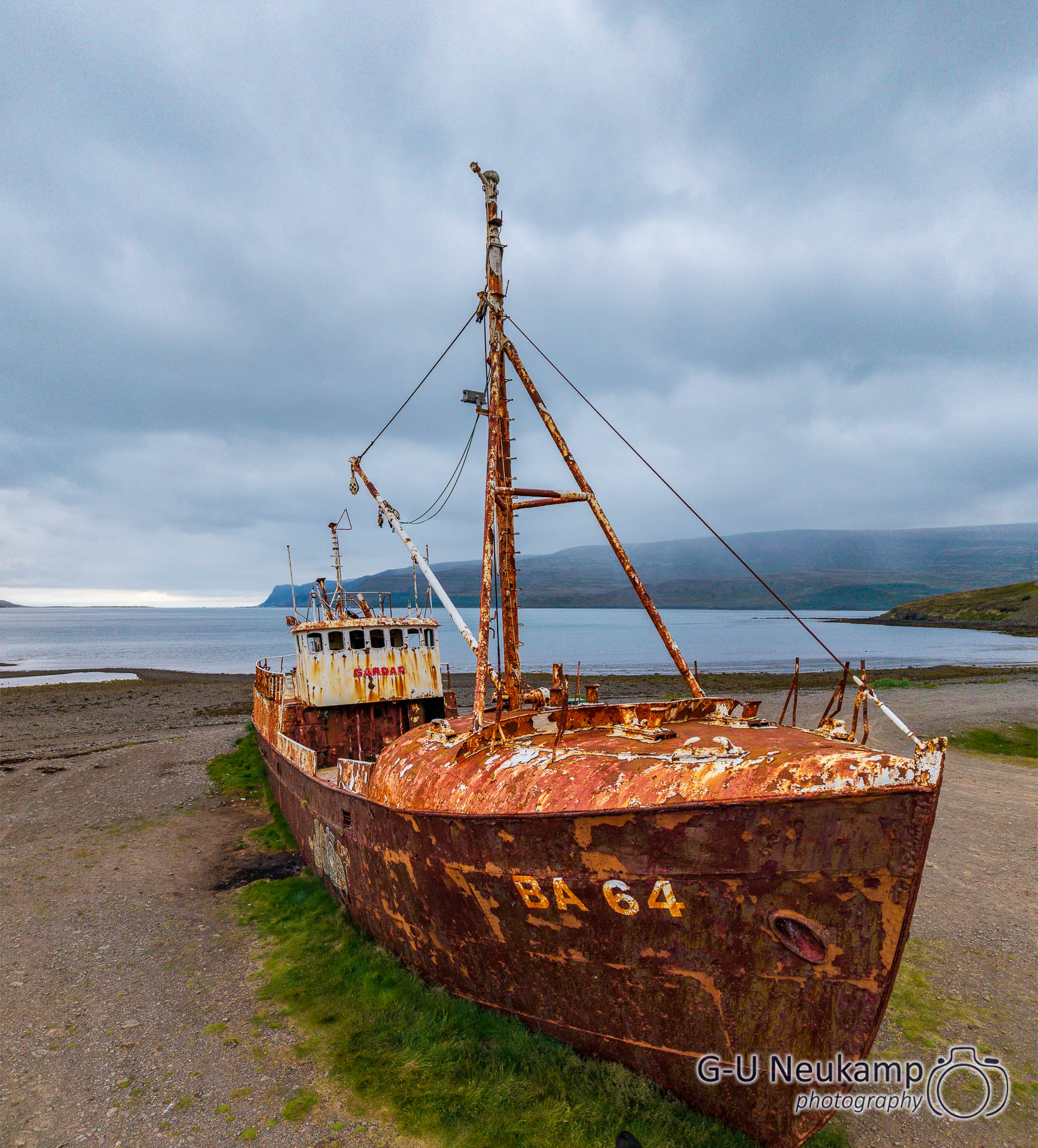
At our motorhome, we were repeatedly attacked by a bird that flew at us in mock attacks. It was an oystercatcher, a ground-nesting bird defending its nearby nest:
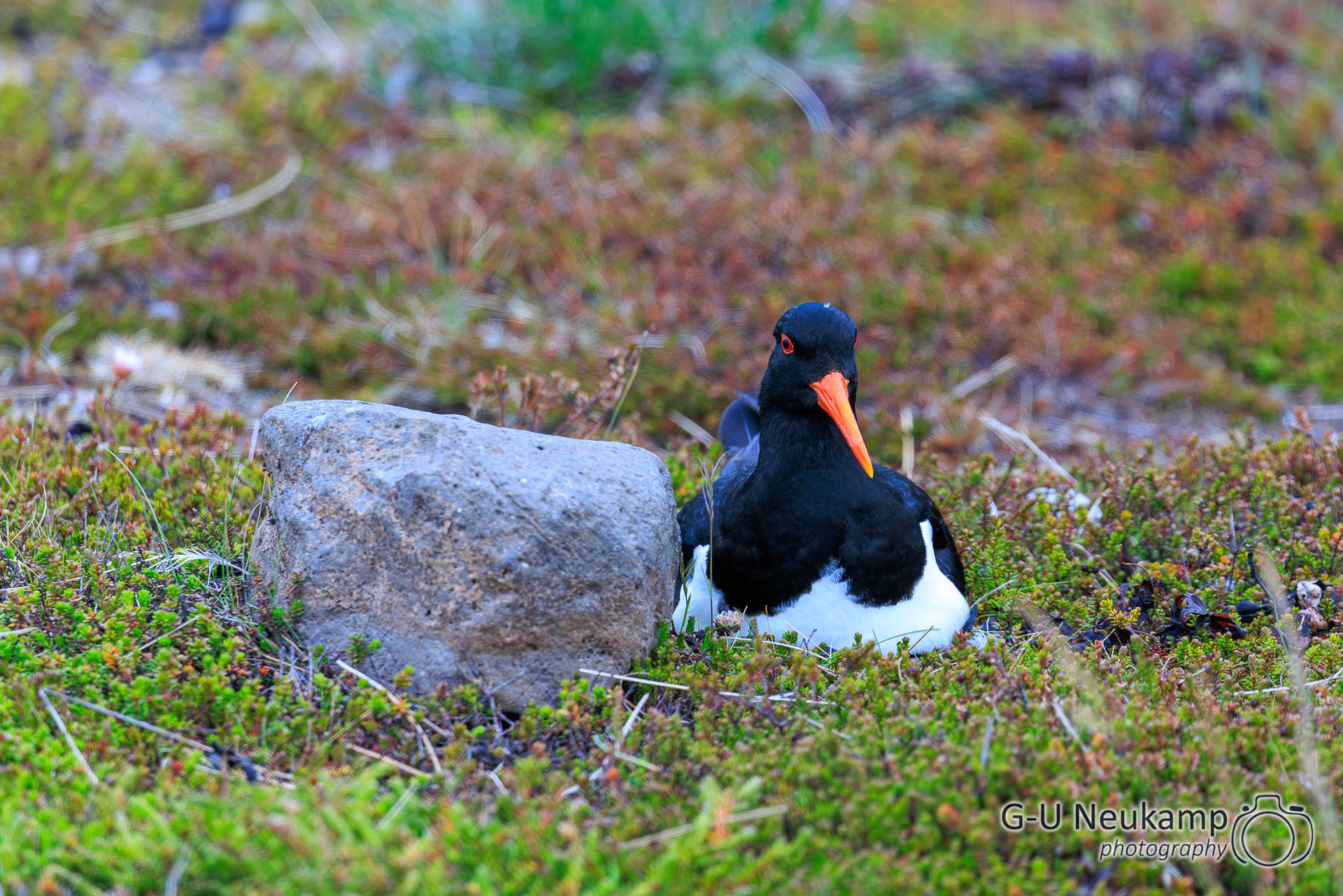
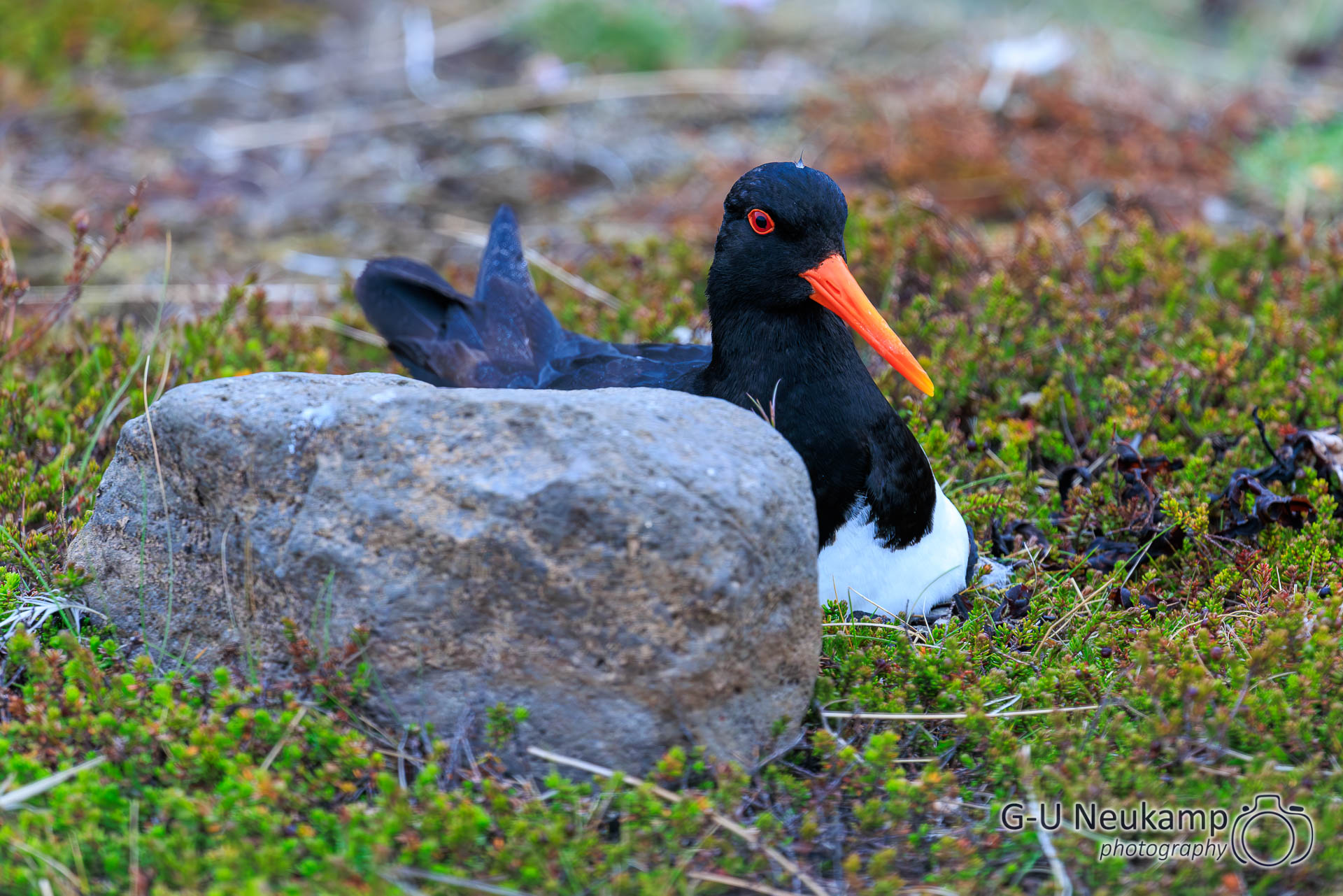
As it was already after 7 p.m., we chose a campsite for the night, the Melanes campsite near Rauðasandur. The road led over the mountain for a while, and the red earth reminded us of Africa. The last stretch was adventurously steep and borderline for our long front-wheel drive camper to drive on. But we made it up and down just fine.
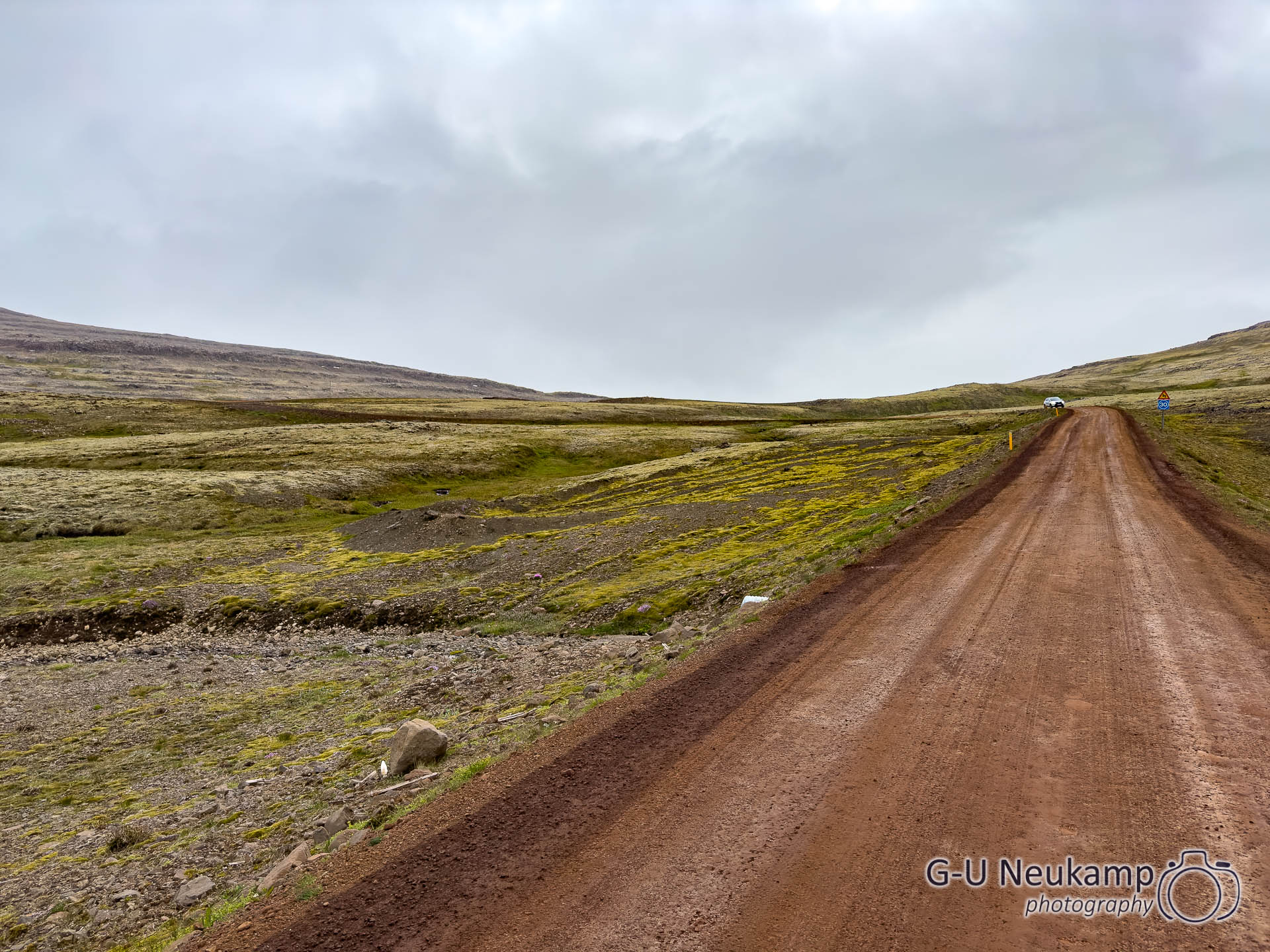
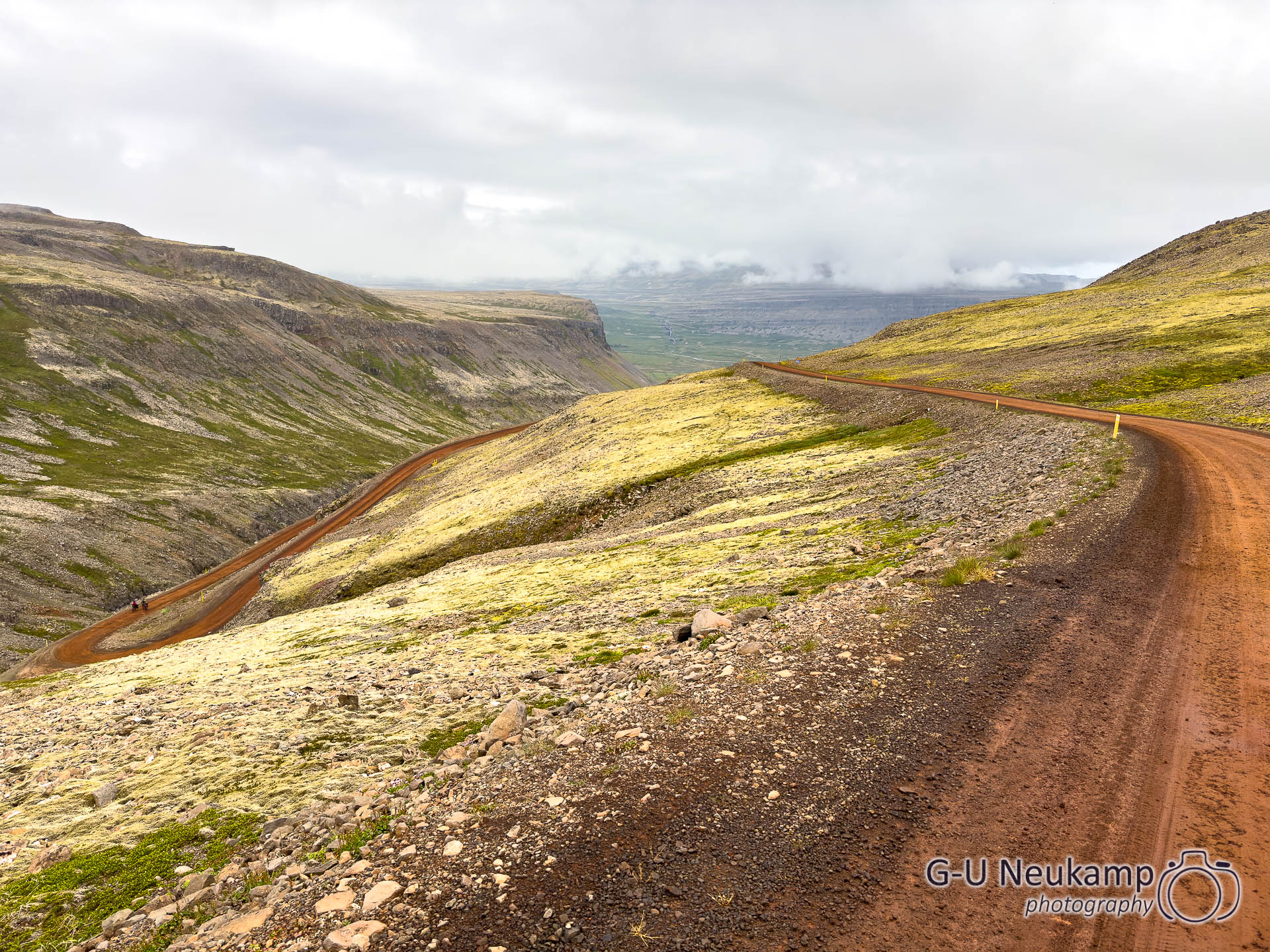
Once at the bottom, there was a magnificent view of a lagoon with a very wide, light reddish/yellow beach. It was reminiscent of the Caribbean. After the black lava beaches we had seen so far, it was a very unusual sight:
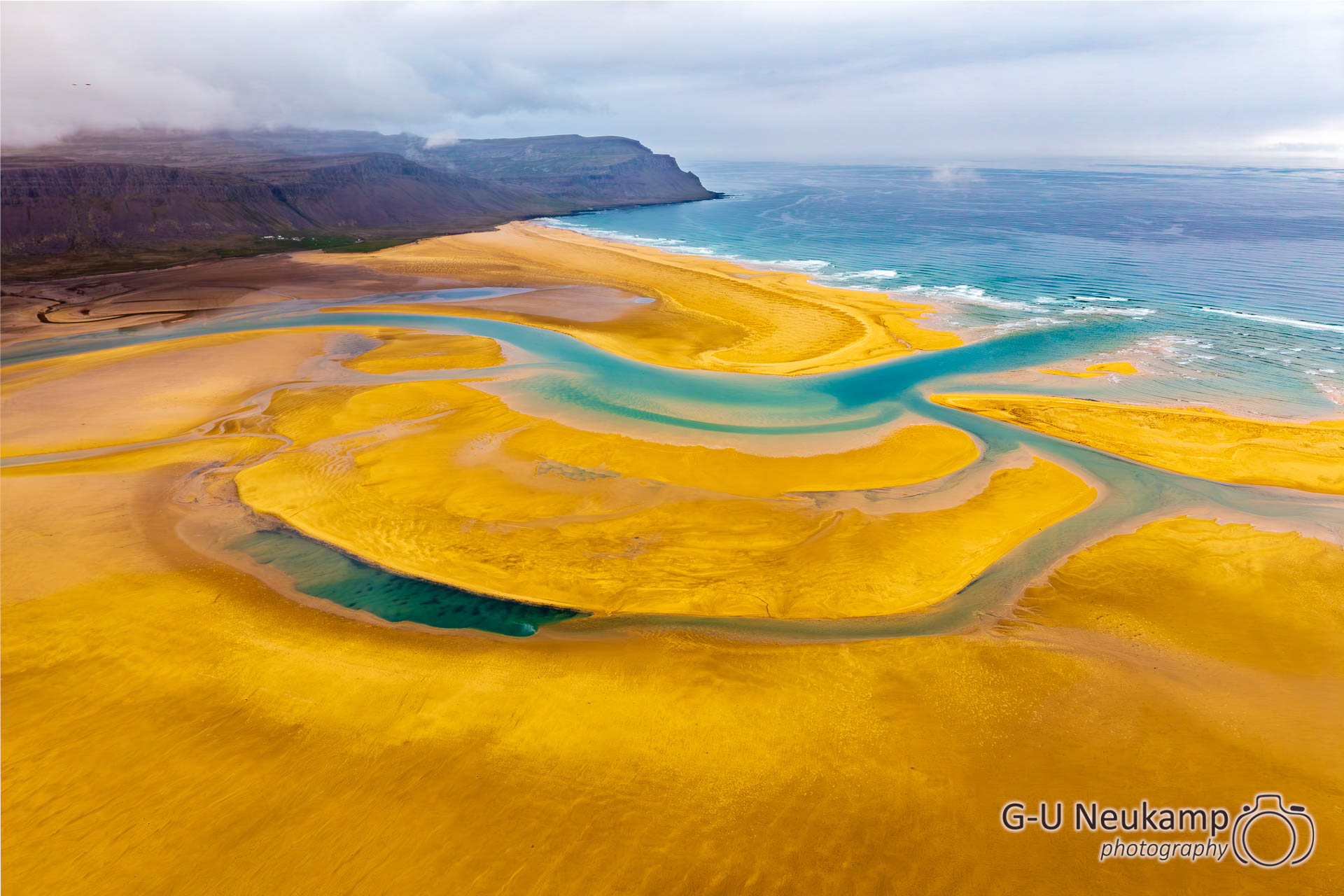
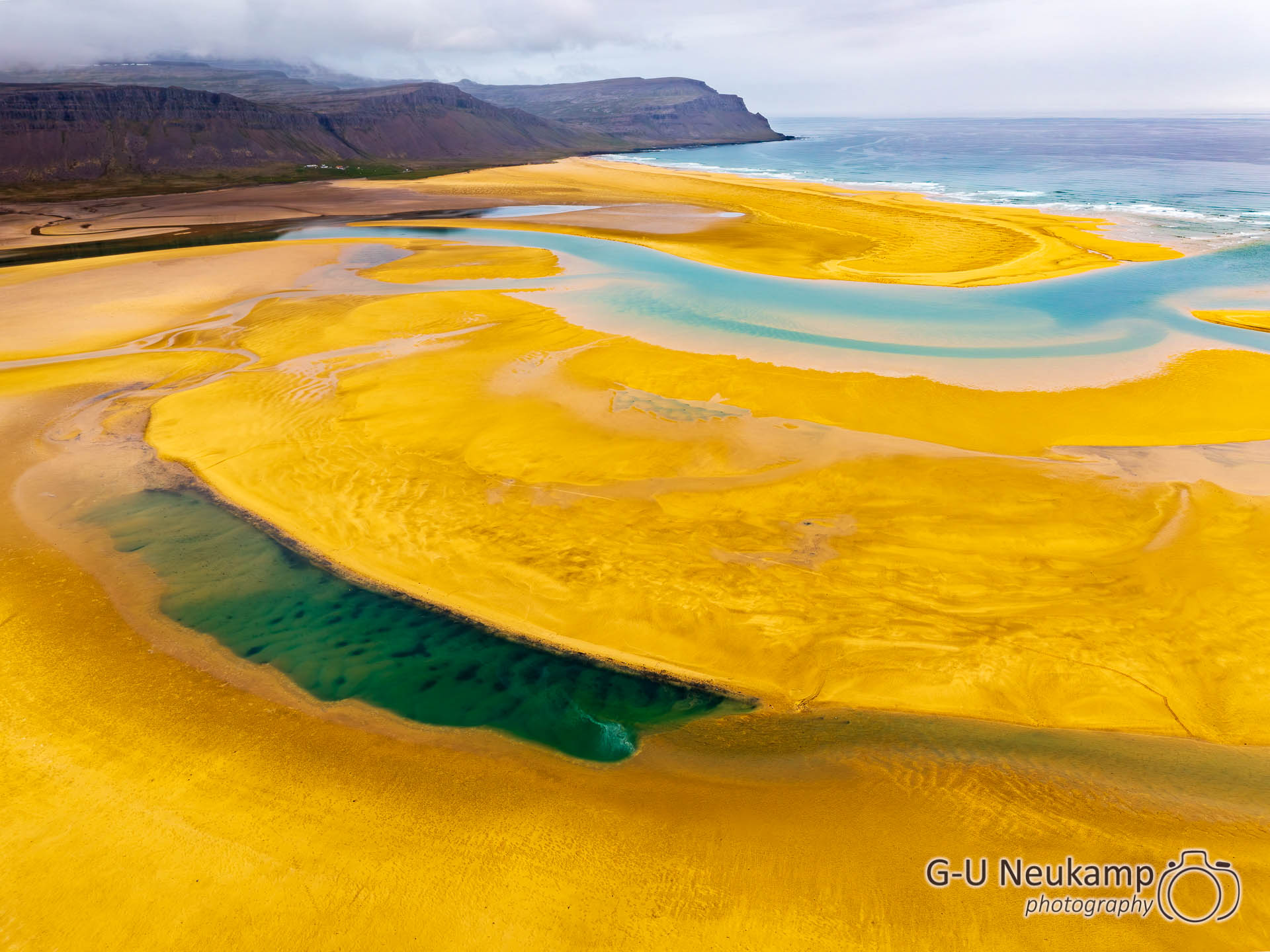
We drive along the coast to the village of Rauðasandur. There was another pretty little wooden church there.
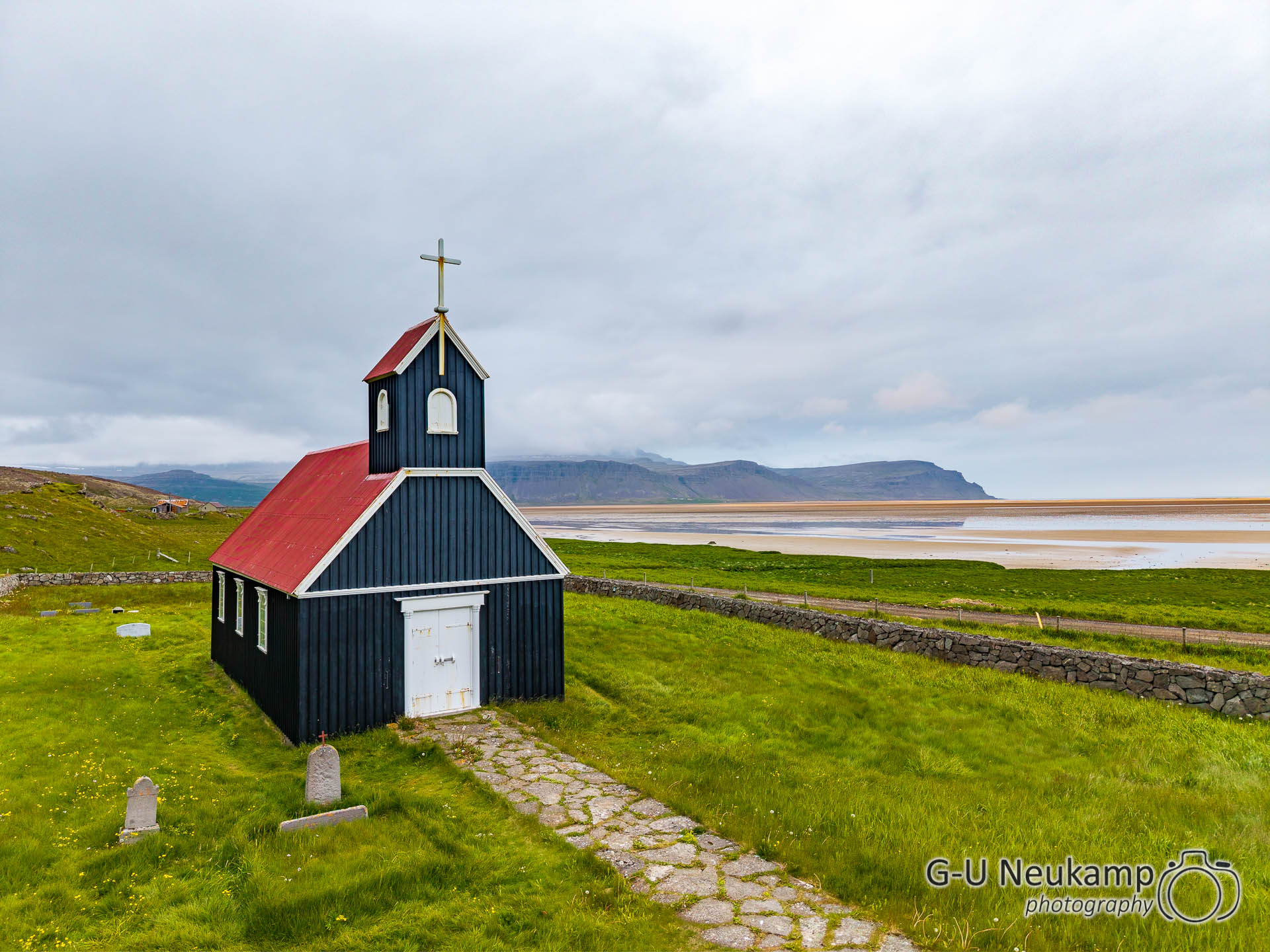
There was also a nice café with a terrace on that beautiful beach, but unfortunately it had closed just an hour earlier. What a shame!
We then drove to our planned campsite, Melanes. We initially had concerns about its size, as the internet said it had over 300 pitches. But when we got there, we were completely thrilled. There were just five campers in total on the large grassy area, all spaced far apart from each other - some in tents, some in camper vans. Our motorhome was by far the largest vehicle. We found a very nice spot near the beach and enjoyed our dinner with a view of the beach and the sea.
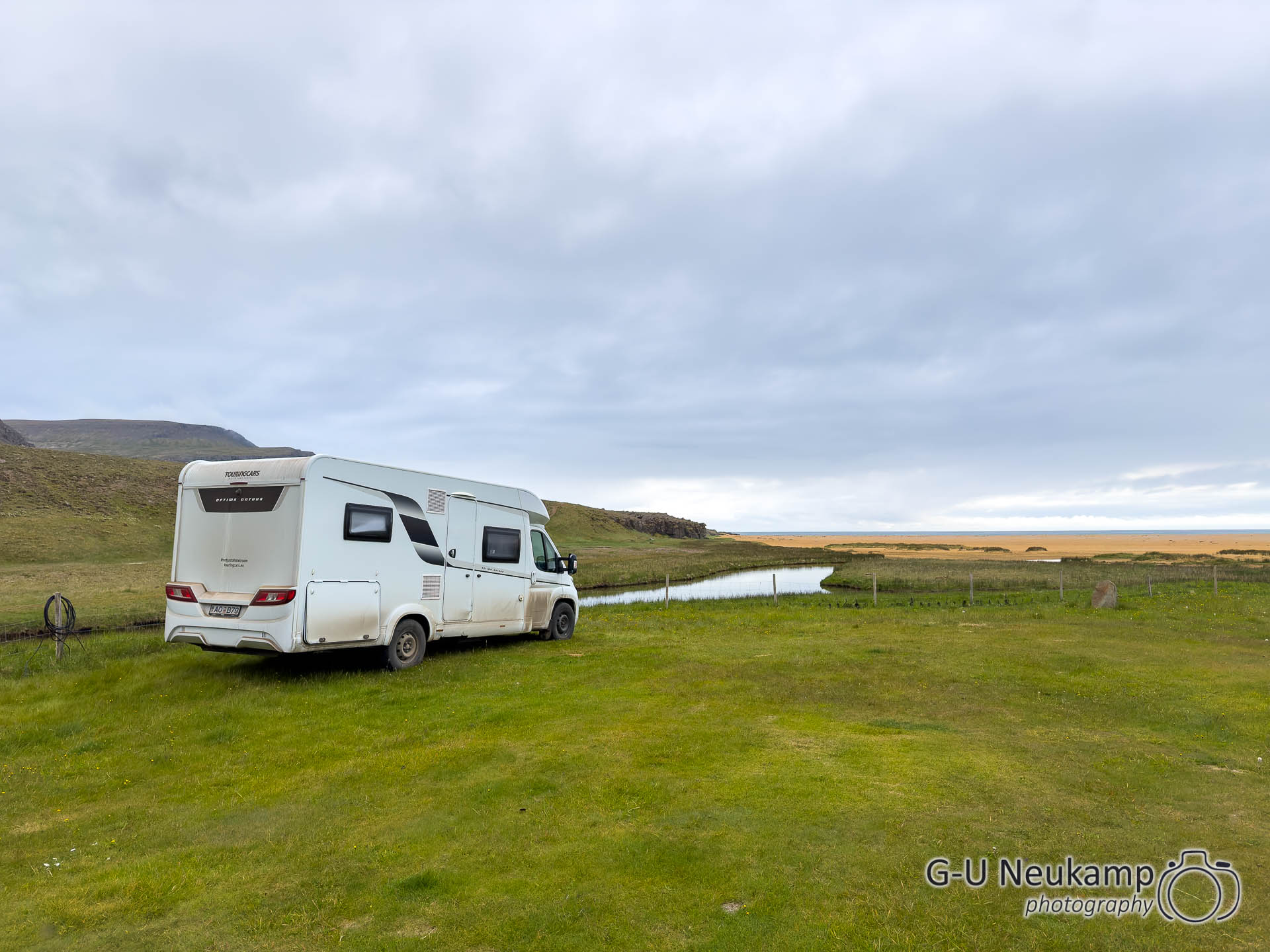
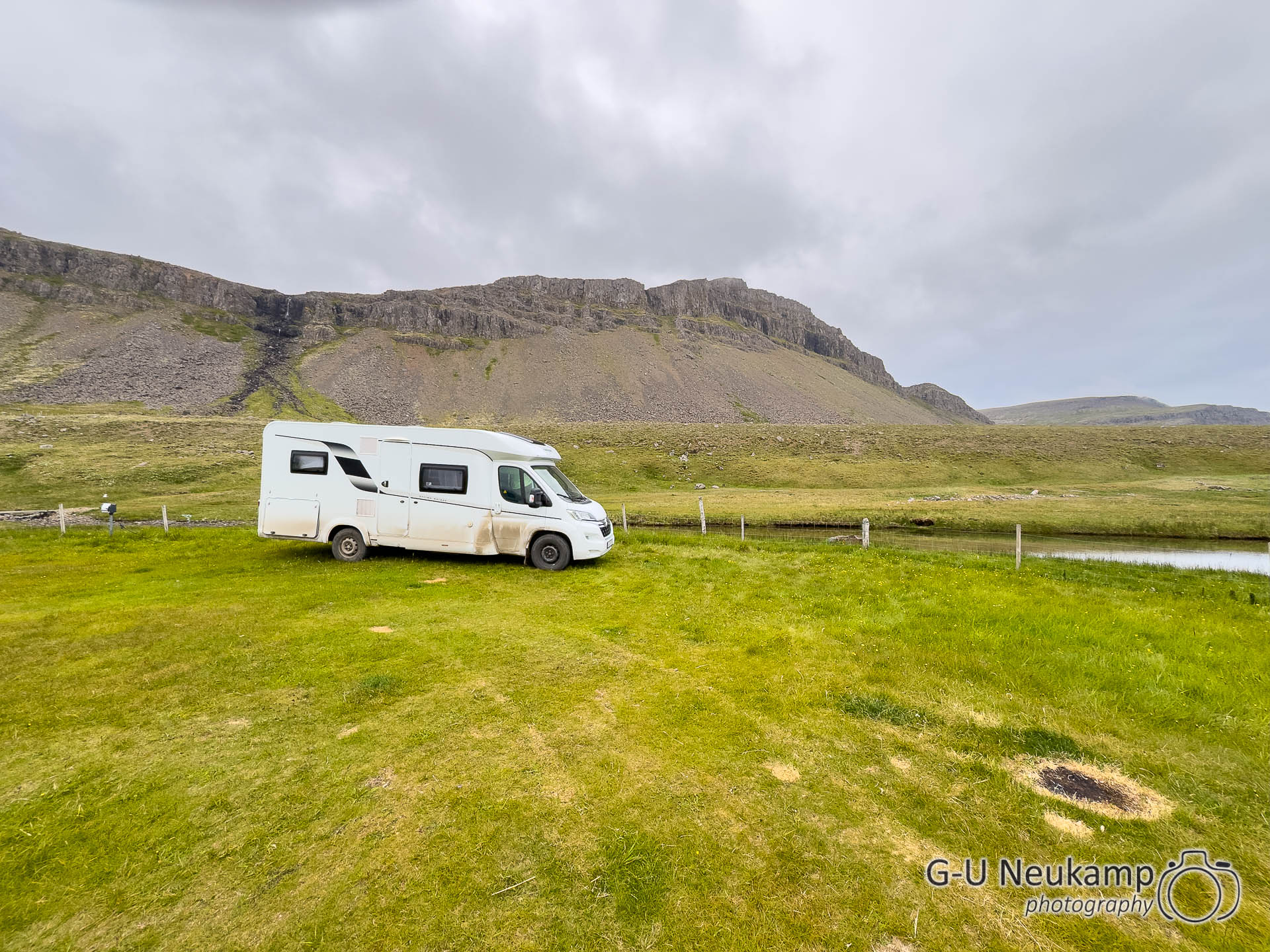
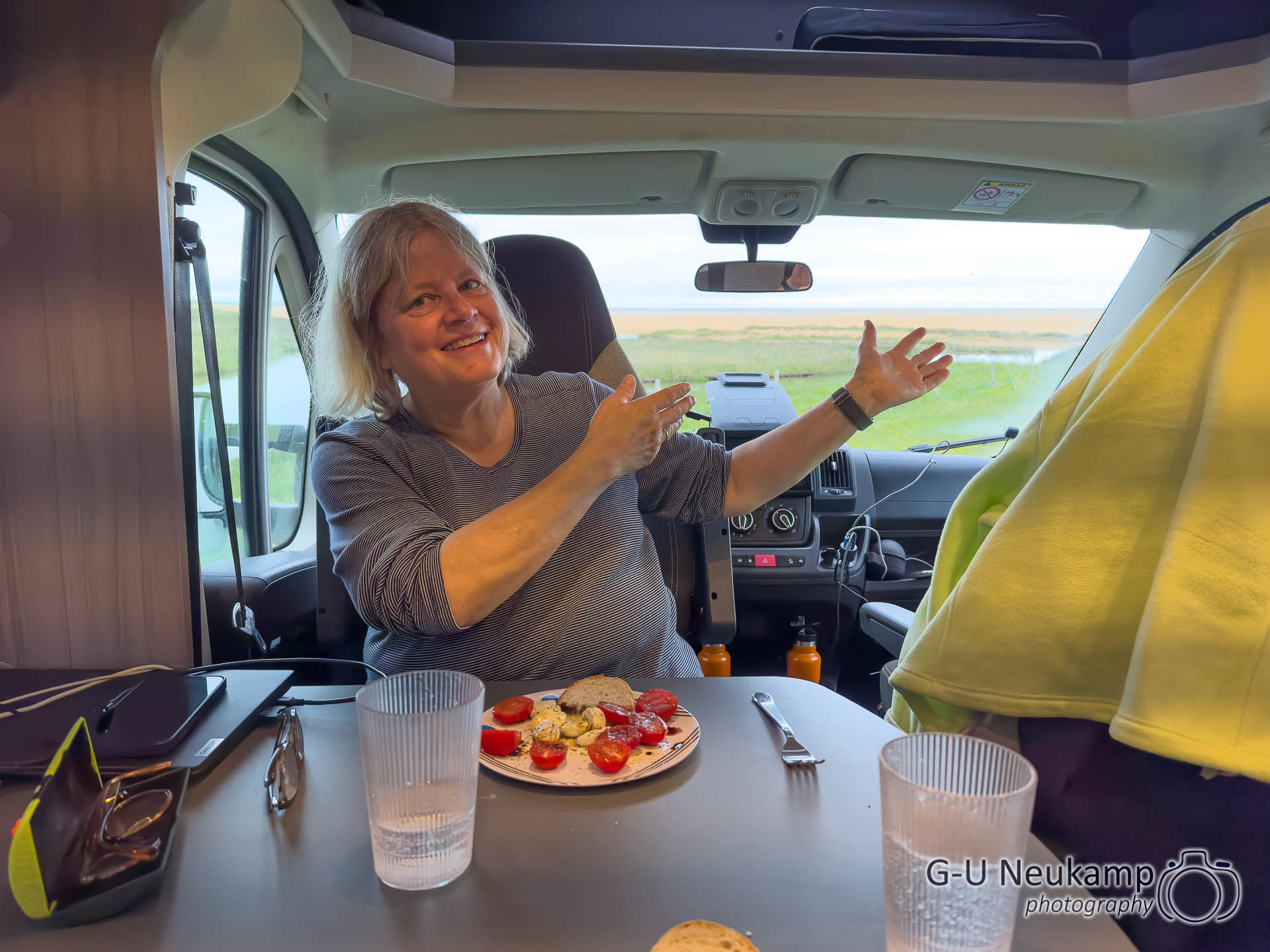
This wonderful place was run by an Italian, who spoke Italian to the guests checking in before us, which was quite unusual here in the north. The site does not offer any supply or disposal facilities and only has a few electrical hookups at the edge. We managed to get one. The campsite is therefore more suited to autarchic campers. However, we managed fine for one night with our water supplies and the lack of toilet disposal facilities. After dinner, we took a short walk on the beach to watch the sunset, but we had to cut it short. The mosquitoes were a real nuisance here too.
